|
| Run Like a Girl is a collection of fascinating biographical stories told of 50 highly successful sportswomen, from boxing superstar Nicola Adams to record-breaking yachtswoman Ellen MacArthur and fearless mountain biker Rachel Atherton. As well as giving an insight into their influences, motivations and achievements, each story reminds us that failing can teach us just as much as winning; success isn't limited to the sports field; and 'running like a girl' can lead you all the way to the top. AGES: 7 to 12 |
I had such a moment at a panel event organised by the Mintridge Foundation back in 2019. If you haven’t come across Mintridge before then you definitely need to know about them - they are a wonderful charity that bridges the gap between elite sport and the next generation, matching athletes with young people to develop confidence, resilience and promote mental and physical wellbeing. Seriously, check them out.
One of the other speakers in an impressive line-up was the founder of the Mintridge Foundation herself, the amazing Alex Wallace, who opened up her session by sharing some insight into the inspiration behind the charity. She took us back to her own childhood, speaking about the role models who influenced her:
“I had two sets of role models; the Spice Girls and Jonny Wilkinson. I loved sport, and Jonny was a brilliant idol to have, but I didn’t have any female sports role models to look up to in the same way. I feel that if I had, my story would have been different.”
The concept of a lightbulb moment always sounded quite cartoonish, but honestly I was struck by a giant flash of realisation. It forced me to re-examine my memories, strongly held beliefs and years of decisions, which came clashing together, falling into place and making total sense.
To look at a role model and see yourself represented in them can have a powerful impact on the way we think and act.
During school visits, the Mintridge Foundation encourages us to share our role models with pupils, to show that we athletes were just like them at that age, with hopes, dreams and heroes. But my hero didn’t come from the world of sport. Mine was Cherie Blair.
Okay, hear me out.
I was always encouraged to dream big. I was told that I could be anyone I wanted to be and do anything I wanted to do. I had some enormous goals, but I was also influenced by other, more subtle messages, which impressed certain ideas on me about the roles of men and women in society. The result was that I developed the belief that women’s careers were less important than men’s. It was their job to give up their career to raise children, or find a way to fit work around it.
One evening I was watching the news with my Dad, some political piece that featured the then Prime Minister Tony Blair. Dad made a throwaway comment about the woman standing next to him. That was his wife, Cherie Blair, and she earned more money than he did.
I couldn’t believe it.
The Prime Minister was the most influential man in the country. And his wife earned more than he did. Queue another defining moment. Cogs whirred, ideas exploded and I started to rethink my assumptions about my future. If other women could manage a high-flying career, then so could I. Cherie Blair opened my eyes to the world of possibilities in front of me, and influenced my early career aspiration to become a lawyer. Most importantly, she kindled the belief that I deserved to have a meaningful career.
But, just like Alex, I didn’t have any female sporting role models growing up. I ended up going down the athlete route more by accident than design, a hobby that boomed into an exciting career. And as a child, with my future wide open to millions of choices, I didn’t even consider sport as a vocation. Even if I’d dismissed it at the time because I didn’t think it was right for me, it would still have been nice to have known that it was an option.
I didn’t realise the impact that role models (or rather, the lack of them) had until I heard Alex’s words on that stage. This enabled me to see how the accessibility of role models affected the paths I’d taken and shaped my future – without me even being aware of it.
Visibility matters. Representation matters. Role models matter.
My latest children’s book Run Like A Girl features stories of 50 female athletes from around the world, and showcases the resilience, determination, and confidence of these amazing women. I wanted to highlight that no two paths are the same: some athletes overcame unimaginably tough barriers to achieve their sporting dreams, some lead teams, and others are using sport as a vehicle to make the world a better place. I loved researching each one, and I really hope they inspire you as much as they have me.
I had a very long list of hopes and aspirations for my future, but never in a million years did I think I’d have a career in sport.
In all fairness, I wasn’t very good at it.
I loved fell running and, having a super competitive streak, I used to like racing. The only problem was that my two younger sisters used to beat me. I tried kayaking for a short while, and at the end of my level 2 course I was given a special certificate to say I’d achieved more swimming than canoeing. As for golf…? The amount of time I spent digging my way out of bunkers I might as well have invested in a bucket and spade.
When I look back and think about five-year-old me, with the path ahead wide open to possibility and potential, the fact that I wasn’t good at sport didn’t once factor into my thinking. I loved the challenge of trying something new and I threw myself into every new activity without a fear of failure. My less than stellar track record wasn’t the reason I limited myself - it just never crossed my mind that sport could amount to anything more than a hobby.
It wasn’t what people did. They got proper jobs and did sport around the edges for fun. But to make a living from it…? Not a chance.
Why did I think this?
Other than a handful of tennis players and perhaps the odd skier, I cannot remember seeing any other female athletes on TV. I didn’t read about them in books, and I didn’t hear about them in the playground. The few women I came across were the exceptions to the rule and, as a result, they weren’t remotely relatable.
My journey into elite sport happened quite by accident. When I started archery at the age fifteen it was no different to any other sport I’d tried. I couldn’t hit the target to save my life, never mind the middle of it, but I wasn’t there to shatter world records. I was there to have some fun. Yet, my club coaches saw something in me and they were full of encouragement.
“You have potential,” they told me.
As I searched for my arrows with help from the club’s trusty metal detector I’m not entirely sure what they saw, but they believed in my abilities and I went along with it. I wanted to be that person they saw so I worked hard, pouring my energy and enthusiasm into it. Every personal best reaffirmed this – I had potential and one day I was going to reach it.
The lack of role models impacted how I saw ‘future me’, but when somebody stepped in and changed the narrative, it changed my future.
This is a common theme for both girls and boys, and stereotypes affect how they see themselves and their roles within society. Opportunities are lost, passions are denied and potential unfilled because of the belief that ‘it’s not for someone like me’.
In sport, we are seeing growth in the right direction (even if it is a lot slower than we might like) and I wrote Run Like A Girl because I wanted to showcase the pinnacle of human performance and the height of human adaptability. There are so many fierce competitors, comeback queens, trailblazers, thrill seekers, change makers and barrier breakers who deserve to have their story told.
And the girls and boys out there who deserve to read about them.
If I see it I can be it.
Representation matters. We need a space where we can see women succeeding, thriving, failing, bouncing back, and testing the limits of human endurance to change perceptions and rewrite harmful narratives. To play sport like a girl is something that we should – and can – be very proud of.
Run Like A Girl
All over the world, female athletes are breaking barriers, pushing limits and achieving amazing things, but where did their journeys begin? And what challenges did they have to overcome to get where they are today?
| Run Like a Girl is a collection of fascinating biographical stories told of 50 highly successful sportswomen, from boxing superstar Nicola Adams to record-breaking yachtswoman Ellen MacArthur and fearless mountain biker Rachel Atherton. As well as giving an insight into their influences, motivations and achievements, each story reminds us that failing can teach us just as much as winning; success isn't limited to the sports field; and 'running like a girl' can lead you all the way to the top. AGES: 7 to 12 |
Disabled.
The misconceptions that come with this word vary, and it’s fair to say that every disabled person has been treated differently because of their disability. We’ve all faced some degree of pity, social exclusion, or labelled as an inspiration simply for getting through the day. Worst of all are the assumptions on our ability, writing perfectly capable people off without giving them a chance because of a false understanding of what it means to be disabled.
The law sets out equal access to opportunity, but alone it is not enough. Alone it does not have the power to ensure that every person living with a disability can thrive and reach their full potential. To do this we need to change something altogether more difficult - we need to change the way we see disability.
And it is this mindset that the Paralympics has made some positive inroads in changing.
Officially kicking off in 1960 in Rome with 400 athletes from 23 countries, the first Games set the precedent for the event we know today. From these humble beginnings, the Paralympic movement has grown in size and stature, and is now the second largest multisport event in the world. In Tokyo over 4,400 athletes are set to compete in 540 events across 22 different sports, and we can expect to be treated to breathtaking performances, spectacular sportsmanship, stunning comebacks, and the epic disappointments that we know and love about sport.
If the Olympics highlights the pinnacle of human performance, the Paralympics showcases the height of human adaptability. It displays ability in the rawest form, demonstrating what a person can do rather than what they can’t. And this is where its true power lies: the capacity to shift the way we see, think, feel and believe. It overhauls limitations, challenges perceptions, and exhibits endless possibilities.
The Paralympics is more than just a collective movement; it’s also about the individual people within it. To look at a role model and see yourself represented in them can have a powerful impact on the way we think about ourselves. To see disability in a different way can change outdated beliefs that impact the way we treat others. Shining a spotlight on brilliant achievers can spark conversations in other areas, encouraging more disabled people to be placed in decision-making roles and have a voice on matters that affect us all.
I’m sad to say that I wasn’t able to name a single Paralympian when I was growing up, and it’s been fantastic to see the likes of Hannah Cockroft, Johnny Peacock and Ellie Simmonds become household names over the past decade. Their elevated profile lets us get an insight into their journeys, following the ups, the downs, the incredible hard work that goes into making the team, and the experiences that ultimately make them so very human. Sharing stories of athletes who are inspiring because of their achievements, rather than simply because they happen to live with a disability is an essential part of this, and it is beautiful when we see it unfold.
It’s hard to believe that London 2012 was nine years ago, which, for me, is the event where the Paralympic movement really started to steamroll ahead. The evidence speaks for itself, and it’s something I see reflected in my own personal experiences. After winning gold in Beijing 2008 I had two media interviews, after winning in London 2012 I had two whole days filled with back-to-back interviews. Same outcome (I actually performed better in Beijing), but the difference came from how it was positioned as a high-profile sporting event from concept to completion. This was seen in build-up work that integrated both the Olympics and Paralympics on the same playing field, commercial partnerships, and the media coverage that broke down things like classification categories and equipment adaptations. Education is essential to creating greater understanding around tricky topics that we might not ordinarily get much exposure to, and through sport we can create conversations that help normalise disability. London 2012 invested in this message and it worked. The appetite was there, and it was good to see this support continuing through to Rio 2016.
As athletes take their positions on the start line at Tokyo 2020, more heroes will be made. More conversations will be had, and disability will once again form part of our conscious thoughts.
Sport is a catalyst for change. We’ve seen this in action in the Olympics recently, which has brought important conversations about mental health to the fore. The Paralympics has a long legacy of challenging the inequalities that disabled people across the world face, continuing to push for parity and equal opportunity. Change has not happened quickly and we still have a long way to go, but it is important to recognise the contribution that the Games has made to breaking down some of these barriers.
61 years of the Paralympic Games has lit a beacon of hope. The fledgling movement has snowballed and transformed into a recognisable brand that is underpinned by its values: determination, equality, inspiration and courage. There are still a great many things that need to be done to gain greater recognition for both para sports and the athletes within them, rather than just hearing about them every two years when a Games is held. But this is a movement still in the early stages of its journey, and the momentum it has built over the last six decades will continue to push forwards.
It began with a new follower on Instagram. @claw_global stumbled across my account on a Tuesday morning so I fired off a quick message to introduce myself and say “hello”. Within minutes they got back to me and it became clear that we had very similar beliefs around sport’s potential to inspire change.
“It’s always worth a cup of coffee,” is the advice I was given by of one of my great mentors and all round good guy Ian Braid, something I like to repeat to myself especially in times when my schedule is jammed or my motivation is running low. So over my lunchtime coffee I found myself speaking to the team at CLAW Global.
By the end of the phone call I had signed myself up for a World Record attempt.
I am going to be part of the largest team of disabled people to scuba dive in the open sea.
This is just one small step in a much larger journey. CLAW Global is bringing people together from across the globe to break three world records. The purpose is to shatter perceptions around disability by conquering the elements of land, sea and air.
It started, as many good ideas do, with a chance encounter. Special Forces operator, Major Vivek Jacob had a parachute malfunction which resulted in a spinal cord injury. While he recovered in hospital he met an Airforce officer who had been permanently paralysed in an accident. As their friendship developed the Airforce officer asked him whether he would ever be able to scuba dive, and Jacob made a promise that he would find a way to make it happen. This conversation changed the direction of his life. Jacob retired from the army shortly after this and formed a team of likeminded people with an important mission:
- To change the perceptions of disability, getting people to focus on what a human being can do rather than what they can’t
- To create employment opportunities for people with disabilities supported by adapted ecosystems
Jacob and his team took no money and self-funded this cause. They travelled the length of India and trained over 100 disabled people in scuba diving, including the Airforce officer Jacob met in hospital. They also created opportunities for some of these people to gain meaningful employment. But to get the world to wake up and drive change on a much larger scale they had to think bigger. They had to act bolder. And this is where the idea of the triple world record was born.
So why did I decide to team up with CLAW?
Sport is a powerful vehicle for change, and the world badly needs changing. Disability is still one of the most marginalised population in the world. Barriers touch all aspects of disabled people’s lives, which are propped up by grossly outdated stereotypes and misunderstanding. All that truly matters is ability - what a person can do - but the sad reality is that this often gets overlooked. Instead people focus on the wrong thing, judging disabled people by what they can’t.
A shift in perception, a change in thinking lays a solid foundation in breaking down some of these barriers. Without changing our attitudes towards and understanding of disability we cannot hope to challenge the stigma, prejudice and isolation that still thrives in the world.
The World Records are just a start, one piece in a complex jigsaw. They are a catalyst for change, a chance to see disability as it truly is.
In February I will be joining the team in the Maldives where I will receive training before heading out to the open sea. I’ve never been scuba diving in my life, so this is a big step out of my comfort zone, as is travelling in the current climate. I’m excited, and nervous, and determined to see it through.
I may be a tiny cog in a very large wheel, but it quickly gains momentum when more players join forces. We all have the capacity to make a difference and together we can change the world.
Guest post by the mintridge foundation
Danielle delivered an incredibly inspirational presentation that she made very interactive for the students to listen to during the morning. Danielle talked through her sporting journey to success, and the children were intrigued to learn how Danielle had started taking part in archery and what inspired her to continue. It was very important for the students to learn more about Danielle’s disability, which she has always seen as part of her life and something that has never stopped her getting involved in sport and physical activity, or pursuing a very successful career along side this journey.
The presentation was split into two halves by Danielle, who showed video and images at the start of her presentation for the KS1 students, who then had the chance to ask any questions they wanted halfway through. Some of the best questions from the start of this presentation were;
How does it feel when you win a competition?
How do you feel before a competition?
When did you realise you had a disability?
Which gold medal is your favourite one?
What was the first competition you did?
How old were you when you won your medals?
The children were extremely attentive when listening to Danielle’s responses and got to learn a lot more about how Danielle adapts with her disability and how she has shown extreme resilience in the face of setbacks and challenges. Danielle responded to the children when they asked how she keeps motivated and how she responds to a challenge, by saying, “there is only one direction you can go and that is forwards!”.
When moving through the second half of the presentation with the KS2 students, Danielle focussed on why it is important to be open minded and find ways to solve and rework problems and challenges, when you are faced with them in your future. It was a brilliant message for the children to hear all about how Danielle has used her experience in sport, and in her working life, to develop her own resilience and how the children can do this too in their lives.
Danielle was extremely intrigued to know what the children thought success was and what it means to them in their own lives. Danielle did this interactively and created a word board that recorded some of the answers. It was great to hear that for some of them, happiness was their measure of success, which was incredibly humbling to hear.
As part of the KS2 session, the students had prepared some questions for Danielle, which were extremely well thought out and linked well to their own schools’ ethos and learnings around mental wellbeing. Some of the best questions from this session were;
How do you make such a precise shot?
Who is your inspiration?
What is your biggest motivation?
How do you concentrate?
Do you take part in any other sports?
Year 6 asked some incredibly thought-provoking questions, which we hope helped lots of the other students in the school to listen to as well.
What does it feel like to be under extreme amounts of pressure and how do you remain calm?
Did you ever doubt your ability to achieve your goals and how did you overcome these doubts?
Do you have any physical habits that help you maintain physical and mental healthiness?
Who helps you to prepare and maintain your mental healthiness when you are performing at a high level?
Danielle finished off her presentation with some words of wisdom for the students, after being wowed by the questions she was asked!
“YOU CAN’T LET THE WORRIES INTERFERE, YOU HAVE TO TRUST YOURSELF, STAY PRESENT AND STAY IN THE MOMENT AS MUCH AS YOU CAN!”
If you are interested in a Programme with Danielle Brown MBE or any of our other Mintridge Ambassadors, or you are interested in a Virtual or Physical Programme with one of our team of inspirational Ambassadors, then please get in touch via the Mintridge website at www.mintridgefoundation.org.uk or with Katie at [email protected]
These conversations shouldn’t just be reserved for times of crisis either. For when stuff has spiralled out of control, when we need to reach out and ask for help.
Instead, it needs to be an ongoing conversation. A regular check-in where we explore how we're doing, where we need extra support, and when we’re doing really well. Acknowledging this enables us to stay healthy and puts us in control of our thoughts and feelings, rather than the other way around. It can prevent little niggles from escalating into more serious issues, and ensure we have a strong support network around us.
“How are you?” is a question we get asked all the time. And it’s absolutely meaningless.
It’s a platitude, a polite conversation starter, and we stop paying attention to it.
But we shouldn’t.
The reason is simple. If we don’t understand how we are and what is making us feel happy or unhappy, then it’s very difficult to improve things.
Our happiness levels fluctuate depending on our circumstances, tiredness levels, stressors, and a whole range of other factors. We won’t be happy all the time. There will be days when it comes easily and days where it’s as difficult as nailing jelly to a tree.
It’s important to get a really good understanding of yourself in order to properly look after yourself, so I was super excited about trying out the new Moodbeam One. The wearable device captures our emotions, acting as a thought provoker, conversation starter and wellbeing manager. It arrived a month ago and has been on my wrist ever since.
So, initial impressions…?
The set-up was nice and easy, taking about ten minutes to sort. It’s comfortable to wear and it looks pretty sleek. A white wristband with two buttons – yellow for positive emotions and blue for negative ones. Press the button throughout the day to log your mood and the app will do the rest, giving you a visual snapshot of your mood.
You can choose what the buttons mean to you. For me yellow signifies happiness, and blue is for negative emotions, more specifically anxiety, fear and dread. This makes the trends more meaningful to your personal situation. To give this a bit more context, there is the option to add details in the app to explain why you pressed yellow or blue. I found this really helpful when analysing it later.
I like patterns. I journal, which allows me to make sense of my thoughts, feelings and behaviours. If I notice a pattern I can figure out the reason behind it and then take action. Straightaway I could see how the Moodbeam would help. I’ve never managed to reliably track my emotional state before and watching it evolve in real time in the app would give me some really helpful data to work with.
The theory made sense. As for the practice?
The data it captured helped me uncover blind spots that took much longer when I put pen to paper. I could look at my day and identify what was triggering negative emotions, but also what was causing the positives. From the data I’ve collected I’ve already been able to adapt my sleep routine and also managed to have some really in depth conversations about where I am.
Sometimes I find it difficult to make sense of emotions. They can be chaotic and messy, and trying to unravel them is hard. Feelings are a fluffy measurement and mean different things to different people, but the Moodbeam acts as a great conversation starter and has allowed me to better explain how I am doing to others.
A huge benefit I wasn’t expecting was that it’s really helped me check in with myself more regularly. Rather than diary dumping in the evening, I spend more time throughout the day casting a magnifying glass over how I’m doing.
Before I tried the Moodbeam I thought I was pretty good at this. The problem is that life happens. I get busy. My mind jumps from one project, to the next meeting, to what I’m going to be having for dinner without taking a break. With the Moodbeam on my wrist I now take a few moments out to explore how I am feeling at regular intervals during the day. This offers me more clarity and a greater perspective, and lets me know that I’m still on track. A really handy feature is the prompt that gives you a little nudge at certain times of the day. This reminds you to check in periodically and allows you to build up a more consistent picture over time rather than just pressing yellow or blue when you recognise a particular feeling.
One month of Moodbeam and I’m really looking forward to the next. It’s a useful device and I’m sure there are plenty more benefits I’m yet to uncover.
If you want to learn more about Moodbeam you can check out their site here. And if you want to try it for yourself get a 5% discount with the code dbrown5.
I get it. You want what’s best for your child. You want to give them the best possible start so they can be happy, achieve their fullest potential and lead successful lives.
But… there is a fine line between being encouraging and pushing too hard. Don’t apply enough pressure and the potential that you see might be wasted. Push too much and pressure mounts, which can cause resentment, disenchantment and even anxiety.
I want to take you back to my childhood because the messages we receive as we grow up shape our identity and influence our path to success. I didn’t come from a place of privilege, but I did come from a place of love and support. Growing up my parents gave me two key ingredients for life.
The first was there’s no such thing as “I can’t”. Those words were not allowed in my vocabulary.
Ever.
Do you remember learning how to play the recorder in Primary School? I hated those things with a passion. I didn’t enjoy it, I couldn’t get the hang of it, and anybody who happened to be in the vicinity when I was practicing might justifiably have been mistaken in thinking I was trying to strangle the neighbour’s cat.
One day I’d had enough, so I stamped my foot, threw the recorder across the lounge and shouted, “I can’t do it!” My mum picked up the recorder and said, “There’s no such thing as ‘I can’t’. We’ll both learn how to play.” And we did.
I got there in the end, if you consider a tuneless rendition of Little Donkey at the school Christmas play a success, but I did it.
The second ingredient was to work hard. As long as I gave something maximum effort and did my best, then win or lose, my parents would never be disappointed with any of my results.
With these two ingredients I grew up believing that I could do anything I wanted to do, be anyone I wanted to be. No dream was too big, no goal outside the realms of possibility, as long as I worked hard and never quit.
I wasn’t pushed in a particular direction, but rather encouraged to explore, try new things and find my passions. If a new opportunity came my way I was taught to jump at it. If I wasn’t great at something I was encouraged to practise. When I got derailed by challenges I had to pick myself back up and find another way around.
| These messages influenced my life so profoundly – and in many ways I still fall back on them today. My parents motivated, inspired and pushed me to be the best I could be - and I was also held accountable. The effort that I put in was my choice to make. If I didn’t get the results I wanted and I’d not worked as hard as I could that was my doing. |
This approach did not mean that life was all learning and hard work though. My parents found ways to pique my curiosity. Activities were made to be fun and competitive, and challenges were all the more rewarding for seeing them through.
Perseverance and resilience are core ingredients in the pursuit of any goal, requiring us to keep fighting and keep pushing through our comfort zone. How we support children to develop perseverance is a delicate balancing act.
Here are three tips to help get the balancing act right:
1. Understand your child
We are all different and we all respond to different stimuli. Different personalities respond to pressures differently too, so knowing your child is the first step. Understanding their passions, strengths, capabilities and motivations will help. Ensuring that your child is party to conversations about their interests, activities and career aspirations is key. Engage, discuss and explore – understand what your child wants to achieve and the help they might need to get there. This allows them to buy into the process rather than being dragged along.
| 2. Effort doesn’t always equal results If you want to be good at something you have to work hard for it, but it’s not a linear equation. More effort doesn’t always equal better results. Training smarter rather than harder often leads to better results and mixing it up with fun activities as well as using a robust goal setting model can really help children develop perseverance and motivation. 3. Praise |
Written by myself and Nathan Kai, this exciting new book for children is a recipe for success, happiness and esteem. It encourages children to raise their aspirations and turn exciting dreams into a reality. It’s a thought provoking career tool, a vital people skills asset, a modern day confidence builder, an engaging life-hack, and it empowers children to make the most of – and create– opportunities to lead bright and successful futures. Opportunities that EVERY parent would want for their child. Positive and practical, Be Your Best Self empowers children to be happy, be confident and become the best versions of themselves.
Dream big is a core theme in Be Your Best Self. Setting your sights high and pursuing something bigger than you allows you to push yourself further than you ever thought possible.
I’ve always had big ambitions for my future. My mind was a playground of possibility, where I explored different ideas and passions and I grew up believing that I could do anything I wanted to do, be anyone I wanted to be. The future was full of hope and opportunity, and I couldn’t wait to make my mark.
But despite this drive and determination I faced a challenge that forced me to reassess my life goals.
My disability.
I have something called Complex Regional Pain Syndrome, or CRPS for short. Thanks to faulty wiring in my nervous system I am in chronic pain all the time.
And with it came an overwhelming sense of fear and isolation.
It felt like I was stuck in the middle of an epic tug of war. There were these big ambitions wanting to push me forward and these major hang ups that had developed around my self-worth trying to hold me back.
In a world which prizes perfection I was terrified that my aspirations would be pushed out of reach. That other people wouldn’t be able to see past my crutches and wheelchair to the value that lay underneath.
Was my success story over before it had even started?
What made this a million times worse was that people like me weren’t represented in the world around me. Very few high achieving disabled role models made it onto the pages of books or were pictured in illustrations. I couldn’t find them in TV, in magazines or other forms of mass media. And when people with disabilities did make the cut they embroiled in stories around ethical dilemmas, pitied, or misunderstood.
These messages have huge implications.
Underrepresentation and misrepresentation of disability have a profound effect on how we value and identify it. These messages – or lack of them – changed the way I saw myself and those big ambitions I held for my future.
I was different, and different is sometimes a very lonely place to be.
When Nathan and I wrote Be Your Best Self, our vision was to create something that helped young people to realise their dreams and reach their fullest potential, even in the face of life’s adversities.
And we wanted it to be representative.
This wasn’t to tick a box or to be seen as doing the right thing, but because becoming the best version of yourself is something that we can all achieve.
Something that we all deserve to achieve.
Everybody’s dreams are valid. Everybody has the capacity to achieve great things – and we want to help children of all backgrounds and abilities build strong foundations for successful futures.
And it is so important that the illustrations reflect this.
If you can see it you can be it.
We are super proud that our illustrations show a true representation of disability and ethnicity, as well as not conforming to gender stereotypes that are habitually normalised. Nobody is born successful, but it is something we can all learn to achieve with the right support, guidance and skillset.
It is critical that children’s books (as well as other mediums) portray disability as a normal part of life rather than a token or something to be pitied or inspired by. All of our illustrations have been carefully worked to highlight the points we write about - and some of the characters just happen to have a disability.
The human race offers the most amazing spectrum of personalities, talents, strengths, and abilities. These are the things that make us who we are and it is essential that all children feel included, accepted and able to resonate with important messages. We want to provide creative role models that all people can identify with as well as shaping perceptions of others.
Written by Danielle Brown MBE and Nathan Kai, this exciting new book for children is a recipe for success, happiness and esteem. It’s a comprehensive framework that encourages children to raise their aspirations and turn exciting dreams into a reality. It’s a thought provoking career tool, a vital people skills asset, a modern day confidence builder, an engaging life-hack, and it empowers children to make the most of – and create– opportunities to lead bright and successful futures. Opportunities that EVERY parent would want for their child.
Positive and practical, Be Your Best Self empowers children to be happy, be confident and become the best versions of themselves.
And at one of these events I met Nathan Kai.
Nathan was seven years old when he approached me at a MENSA event for gifted children. I’d been booked to speak about how to unlock your potential and overcome obstacles on the way to success. After introducing himself Nathan asked: “Have you written a book for children about how they can become the best they can be? I’ve been looking for one for ages, but I can’t find anything.”
“No,” I said. “But that’s a really good idea.”
And it was.
There are thousands upon thousands of self-improvement books for adults, each one offering a different perspective on how to maximise our capabilities and live more fulfilling lives. Children are incredible hopers and dreamers who can see a future full of possibility, a life without limits. However, there isn’t much out there to help them turn these dreams into reality. We all have the capacity to achieve great things and this starts by laying strong foundations - and children deserve this developmental support just as much as adults do.
Nathan thought about it for a little while and then came back to me.
"Can I write one with you?"
Like I was going to say no to that. Taking the initiative to think up a solution to his challenge and create an opportunity to make it happen, as well as his obvious eagerness to commit to this had me completely sold. This had the potential to have a HUGE positive impact and I wanted to be involved.
We had some fantastic discussions about what being the best version of yourself really meant and talked about the different actions, tools and advice that could help children achieve this. We both left our first meeting with a list of chapters that we would focus on and I couldn’t wait to get started. I spoke about many of these topics on a regular basis and I was super happy with my first attempt. The chapters read well, it was inspiring stuff and it was going to make a real difference to children’s lives.
I sent it across to Nathan to edit, hoping he enjoyed reading it as much as I had enjoyed writing it. Nathan did a spectacular job at editing – my pieces came back with lots of strikethroughs and constructive comments. The overall learning was good, he said, but the way it had been written needed a bit of work. One piece of advice really stood out to me:
"Children don't like being told what to do."
Fair point.
I don’t like being told what to do either.
When I re-read the text I saw what he meant. I’d been a little heavy handed with the ‘shoulds’ and ‘need tos’ which failed to clarify that success isn’t about following a set course, but about creating your own path. Instead of telling children what they ‘should’ be doing we explored the different areas they could focus on to help them with their individual journey to success.
It took us just under a year to finish our first draft and my speaking agent Diana suggested I went to The London Book Fair. Since we were both equally involved in this project I asked Nathan if he’d like to go too. If I’m totally honest, I was a little bit nervous about this. Getting myself across London is always a bit of a mission, never mind being responsible for somebody else. The goal for the day was to get to the book fair and back without losing him. I normally set myself much higher aspirations, but I was way out of my comfort zone on this one.
If you ever want to win at networking, take an eight-year-old with you. Nathan was brilliant. At each stand we visited he articulately explained why he wanted a book to help him become the best he could be, and how we had written one together because there was nothing out there. And unsurprisingly he was a big hit.
Mission accomplished. Not only did we both manage to get there and back without incident, but we came away with some really positive leads and a few conversations later we signed a contract with Button Books.
It’s an unusual pairing, but it’s one that works really well. Nathan offers a unique insight into the emotional wellbeing of children and important ingredients for success, and I bring my performance background to the table. Together it makes a really powerful combination, and we are both super excited about being given the opportunity to help children turn their dreams into realities.
Be Your Best Self is being released in September 2019.
Written by Danielle Brown MBE and Nathan Kai, this exciting new book for children is a recipe for success, happiness and esteem. It’s a comprehensive framework that encourages children to raise their aspirations and turn exciting dreams into a reality. It’s a thought provoking career tool, a vital people skills asset, a modern day confidence builder, an engaging life-hack, and it empowers children to make the most of – and create – opportunities to lead bright and successful futures. Opportunities that EVERY parent would want for their child.
Positive and practical, Be Your Best Self empowers children to be happy, be confident and become the best versions of themselves.
When I was 7, like now at 9, I loved reading. I also love listening to Mum’s guiding advice, but I wanted to be able to read it too, and learn from some of the best, most successful people in the world. I think a lot with this mind of mine. So for Christmas I asked my Mum for a book on “how to be the best”.
“That is inspirational, Nathan! How to be the best at what?” she asked.
I looked back a little baffled. She is great at understanding me, but I didn’t mean the best at one specific thing, but how to be the best at life.
I wanted a book on how to be the best you can be.
Always sure to encourage and guide me, she was happy at the thought of providing another opportunity for positive growth and healthy self-development. But there was nothing. Not one single book out there.
Can you believe that?
No comprehensive guidance for children on how to grow into the best, happiest, most successful versions of themselves. No children’s books on how to enjoy life, how to cope when the going gets tough, how to succeed and achieve the things you want in life, or how to manage big emotions.
Who wants to settle for a grown up life of boring mundanities, broken dreams, disappointments and set-backs because of undeveloped skills, missed opportunities and poor coping? That sounds like the opposite of the life I want.
People often say that children see the world differently, that we dream about futures without the limits and lenses that adults wear. But if we are ever going to get there we need the right support and guidance. We need tools and strategies and solid foundations from which we can grow and develop.
We are all unique, we are all brimming with potential - and this make us exceptional. So instead of learning how to fit in we need to be taught how to become the best, truest versions of ourselves. When we learn to do this we can live life to the fullest and be happy and successful.
That was why I wanted a book on it.
And when I couldn’t find one, that is why I wrote one.
| Written by Danielle Brown MBE and Nathan Kai, this exciting new book for children is a recipe for success, happiness and esteem. It’s a comprehensive framework that encourages children to raise their aspirations and turn exciting dreams into a reality. It’s a thought provoking career tool, a vital people skills asset, a modern day confidence builder, an engaging life-hack, and it empowers children to make the most of – and create– opportunities to lead bright and successful futures. |
Positive and practical, Be Your Best Self empowers children to be happy, confident and become the best versions of themselves.
Categories
All
Adversity
Ambassador
Archery
Athlete
Authenticity
Barriers
Break Through Barriers
Building Resilience
Challenge
Charity
Choosing The Right Response
Disability
Diversity
Diversity And Inclusion
Empower
Entrepreneur
Face Fears
Fear
Focus
Gender Equality
Habits
Identity
Inspire
International Women's Day
Mindset
Mintridge
Open Water Swim
Open Water Swimming
Performance
Perspective
Resilience
Success Habits
Success Mindset
Support Team
Swimming
Unlock Potential
Women Leadership
Our first book Be Your Best Self is coming out this September. Written by double Paralympic gold medallist, Danielle Brown MBE, and nine-year-old MENSAN Nathan Kai, YOUNGEST self-development author in the world.
Be Your Best Self is an exciting new self-development book for children, but it’s so much more than that.
It is a recipe for success, happiness and esteem. It’s a comprehensive framework that encourages children to raise their aspirations and turn exciting dreams into a reality. It’s a thought provoking career tool, a vital people skills asset, a modern day confidence builder, an engaging life-hack, and it empowers children to make the most of – and create– opportunities to lead bright and successful futures.
Opportunities that EVERY parent wants for their child.
Our vision is fuelled by Nathan’s determination to become the very best he can be. He wanted a book that would act as a guide to help him realise his dreams and reach his fullest potential, even in the face of life’s adversities. But Nathan found a problem – there wasn’t one out there.
So he decided to do something about this, teaming up with Danielle, a world class athlete, renowned public speaker and inclusion champion, to make it happen.
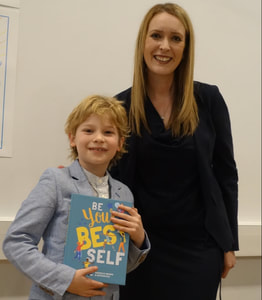
We all have the capacity to achieve great things and this starts by laying strong foundations. Be Your Best Self equips children with a ‘supply kit’ for success. This kit contains ideas, strategies and suggestions that develop skills in a positive and encouraging way. From helping children understand and figure out what success means to them, to building self-esteem and confidence, to learning the important components of self-care, each chapter gives important insight and practical tools to achieve the success they are capable of. Amidst emotional IQ builders, come chapters on building resilience, making the right choices and ensuring we follow the important components of good self-care.
Above all it lets children know that they are special, unique, valuable and important, and that they can achieve their dreams. We can all be BRILLIANT if we work hard and develop our strengths and weaknesses.
Writing this book has been an incredibly fun journey, bringing together our unique perspectives and skillsets to create innovative and exciting guidance that children can really relate to, and empowering them to become their best selves. Children are capable of achieving extraordinary things with the right mindset and support structures in place.
We are thrilled to be working with Button Books who have shared our vision and helped us turn it into a reality.
A little bit about Nathan and Danielle...
| Nathan Kai is a nine year old member of MENSA and his intelligence shows. He is a prize winning linguist, grade 4 pianist, UK and European title holder in Brazilian Jiu-Jitsu. He’s educated otherwise and is determined to achieve even bigger goals. He swims like a fish and thoroughly enjoys the challenges of writing and creating this book. He’s is looking forward to helping other children feel happier, more secure and confident and in achieving their goals too. | Danielle started archery on her fifteenth birthday. Three years later she was on the Great Britain team, jumping in as World Number 1 and hanging onto that position for the rest of her career. Danielle won gold at the Beijing 2008 Paralympic Games and again in London 2012, as well as 5 World Championship titles. She became the first disabled athlete to represent England at the Commonwealth Games in the able-bodied team, and won gold |
As a speaker and coach I spend a lot of time focusing on limitations - or more accurately how to break through the self-imposed and physical barriers that can prevent us from achieving our goals. Challenging ourselves, pushing our boundaries and redefining what we think we are capable of is an important part of our professional and personal development. And if I’m going to talk about it, I think it’s good practice that I actually do this myself.
So when the opportunity to do a 5k open water swim came up I said yes. This was a big challenge for me, as well as a chance to represent The Mintridge Foundation who are an amazing charity that works across the UK. Harnessing the power of sporting role models, Mintridge increases sports participation and helps young people develop essential life skills like confidence and resilience. As an ambassador for the charity I’ve seen the impact of their programmes first hand and how these sessions really transform people’s lives.
Somewhat tentatively I put my name forward.
Mental endurance I can do, but my physical endurance is a bit of an unknown. The sports I’ve excelled at in the past have been very mentally demanding, but not very tough on my body and if I’m honest swimming has never been my first choice when it comes to sports.
My mission was to cross the finish line. I normally have way higher aspirations than that, but I wasn’t sure what to expect. I’m a complete slowpoke when I swim at the best of times, so I was a little concerned that the organisers would see me floundering around like a demented turtle and think I needed pulling from the race.
But I did it. That space outside my comfort zone is one of my favourite places to be – the more I push myself the better and stronger I become. It was hard work, I was super slow and I really enjoyed it. I was still smiling at the end and it’s something I’d love to do again.
As well as the wonderful support team, a big thank you also goes to 2XU for sponsoring me with a wetsuit. Awesome kit, awesome staff and now I have no excuse not to continue with open water swimming.
And thank you to everybody who sponsored and supported me. I can’t tell you how much I appreciate it. If the money raised changes just one young person’s perceptions about themselves or empowers them to pursue a meaningful career in sport or otherwise on the back of it then it’s a job well done.
| There is still time to donate to this wonderful cause if you haven’t already. Please check out the link below: https://themintridgefoundation.charitycheckout.co.uk/pf/danielle-brown | 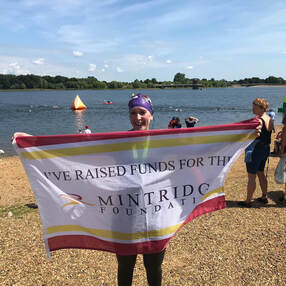 |
| And this weekend I tried swimming in open water for the first time. I’m not going to lie – I’ve been getting really nervous about it. This was way out my comfort zone – I wasn’t really sure what to expect and there is something about not knowing how deep the water is that creeped me out a bit. But mostly it was about the cold. |
I was super worried how the cold water would affect me. Whether I was even going to be able to do it, whether it would cause me to cramp up half way round – or even if I was going to be able to walk afterwards.
But with the 22nd June getting closer I couldn’t put it off for much longer, so I persuaded my brother-in-law Stu to take me – if things did go wrong I wanted somebody I knew there. He arranged a trip to Capernwray Diving Centre with his running partner.
At speaking events I talk a lot about fear and its impact on our ability to perform. The same emotional response that can protect us from harm can also be disempowering – paralysing even. It can take a single thought and distort, manipulate and magnify it until the challenge in front of us looks impossible to tackle. Fear is powerful enough to chain us to the safety of our comfort zone and stop us from taking action.
But we don’t have to listen to it. We don’t have to let it rule our decisions or limit our lives. Confronting our fears head on is the best way to put problems into perspective, stretch past the limitations that we put on ourselves and redefine what we think we are capable of.
So that’s what I did.
Dad also fixed up hot soup in the camper for when we’d finished, knowing that this was where I was most likely to suffer. My goals, both personal and professional, would be so much more difficult to achieve without these guys and I am so enormously grateful.
I honestly can’t praise Mintridge and the work they do enough. The impact that they have on developing grassroots sports and giving opportunities to young people is extraordinary. You can learn more about the wonderful work they do here.
Sponsor me here:
themintridgefoundation.charitycheckout.co.uk
Thanks
x
Do you think your time in education helped you to succeed in sport?
There is one common trait that all elite athletes possess - the ability to perform brilliantly when they need to produce results. On competition day it’s about putting your training into practice and bringing home a medal.
This is exciting. It’s exhilarating. And it’s also really stressful.
The difference is that athletes are taught how to deal with pressure – to turn the stress of competition into a comfort zone. We learn how to get the most out of ourselves, channelling our nervous energy to increase the chance that we will performing at our very best.
This ability to perform under pressure isn’t something that just an elite few are good at. I choked at crucial moments and experienced my fair share of mental meltdowns as I progressed along the performance pathway, but I was also given a lot of support. I was taught tools and strategies to get the most out of myself and deliver the results I was capable of.
And the better I got at sport, the better my results got at school and university.
Performance is performance, whether in a sports arena or a school. I want to share three simple techniques that help athletes deliver the best results they can when under pressure:
1) It’s all about mindset
Sport might be seen as being predominantly physical, but the real battles are won in the mind. What separates those who win from those who don’t is the mindset, and even small shifts in the way we think has a BIG impact. Elite athletes expect to succeed, instead of trying not to fail – which is a super important distinction. This is about focusing on what we need to do in order to do a great job, rather than focusing on all the things that could go wrong.
Sometimes negative thoughts sneak into our brains without being invited, but we have a choice over whether we listen to them. Choose to ignore them, choose to focus on something else, choose to talk back and tell it that it’s wrong – but most importantly choose to succeed. If you stick to the revision plan, if you keep working hard and set your sights high, then you are gearing yourself up for success.
2) You have a support team – make sure you use it
The best coaches I had were the ones who believed in me, especially during times when I didn’t. They offered positive encouragement, they inspired and supported me, and they held me accountable for my actions. We all have people around us who want to help, but they don’t know what support we need unless we ask for it. If you want somebody to bounce ideas off, somebody to help you work through topics you don’t understand, or even somebody to talk to then find those people and ask. Your team can also offer positive encouragement as well as helping you stick to your revision plan.
3) Appreciate the things you do well
When you’re preparing for something it’s all too easy to look at the areas that you need to improve. Whilst this is always useful feedback, it’s super important not to forget all the things that you’re doing well at or the progress that you’ve made. There are lots of areas that you will have vastly improved in, and things that you’ve picked up. Even small steps take us in the right direction, and the more steps you take the further you get. Take time out each day to reflect on the good points, celebrate the small victories and feel proud of your progress.
The exam period can be a very stressful time for students. I've created this video to help students increase the odds of performing better when put under pressure:
I remember the first time I heard about the glass ceiling. It was a school assembly, I was sixteen years old and our head teacher spoke of an invisible barrier that the girls in that room would face when we entered the workplace – about the uphill battle to get promotions and pay rises.
He must have finished it with words of inspiration. He must have told us that the world was changing and we shouldn’t let barriers hold us back, but I can’t remember that bit. What I do remember is a cold fury spreading across my body. There was no way I was going to let a glass ceiling park itself over my head. I would prove to the world that I could carry out tasks better than anybody else.
Yet it planted a seed all the same. Despite my determination not to be shoved to the side-lines a little pocket of doubt started to grow. What if, despite my best efforts, I wasn’t even given an opportunity to demonstrate my abilities? What if I got stuck in a net and I couldn’t do anything about it.
When I look back, I can’t help but wonder how many girls in that room heard the same messages I did and gave up. How many of them thought that the path ahead would be too difficult, too demanding and settled for less because that’s just the way it was?
I didn’t. The positive messages that other people in my life kept feeding me were stronger and these were the messages that I chose to believe. I think that we are all worthy and capable of achieving great things, and even when barriers, setbacks and challenges are thrown in our path we need to remember that these ceilings are made of glass, not steel. Keep hammering away and it will crack and break. Collaborate, connect and work together and it will shatter.
The movement for women’s equality has come an astounding distance when you look back at the turn of the last century. Progress has been slow, but the changes implemented have been monumental. Using a sporting analogy, in terms of women’s equality, I feel we are currently at medal potential. Many of the big, radical overhauls have been made, but to get to the next level – to achieve true equality for everybody – we need to start working on changing the fundamental perceptions of women and men.
And we have a very long road ahead of us.
That’s why International Women’s Day is so important. It’s recognition of the distance we have come and a call to action to propel us further ahead. We all have a responsibility to ensure that everybody’s voice gets heard and to challenge the perceptions we hold about all genders. The beautiful thing about the human race is the endless spectrum of differences that it has to offer. Inclusion and equality isn’t just the right thing to do, but it’s a critical performance driver. Difference leads to creativity, innovation and better problem solving abilities.
For me, International Women’s Day is about celebrating success and initiating conversations about how we can start redefining perspectives and break through barriers that still exist. And it’s about bringing everybody together. The theme this year is #balanceforbetter, which I am super excited about. The future is not female, and it is not male. The future is people and we achieve more together. Men and women should be allies - collaborators not competitors, who, by working together, can work change gender expectations in a way that helps everybody.
So this year for International Women’s Day I’ve split the week between London, Cardiff and Edinburgh, using my voice to empower women to recognise their limitless potential and shed limiting stereotypes. Nobody’s dreams should be extinguished because of their gender, or any other factor for that matter. We are capable of redefining what is possible and making powerful strides forwards, breaking through barriers that are in our path. By their very nature barriers are tough, but it doesn’t mean that they can’t be beaten with the right support and strategies.
This year I’ve pushed myself in a completely new direction and signed up to do a 5km open water swim for The Mintridge Foundation. If I’m completely honest, I am a teeny bit terrified and wondering how I am going to rise to this one.
| The sports I have chosen in the past have been very mentally demanding, but not so physically tough on my body. Competing as an international archer my favourite part was being put under pressure; it was just me, my bow and trying to get everything right. And whilst endurance was an important part, where I had to make sure I could keep consistency and accuracy over a full day, it was never about pushing |
| The thing that scares me the most – the open water bit. The cold is something that I struggle with as it makes my pain levels a million times worse. If humans had the ability to hibernate over winter I’d sign up straight away. In archery, one of my most impressive talents was my ability to wrap myself in six or seven layers and still be able to move. My ski gear has travelled all around the world with me, and I’ve worn it in the desert in Arizona, |
So why am I doing it?
I want to prove to myself that I can. Setting new challenges teaches us more about ourselves; pushing the boundaries of what we think we are capable of is key to our personal growth and development. You can never know your full potential until you test it. Sometimes the biggest barriers that we face are the ones we put on ourselves and I want to live my life without self-inflicted limits.
And as well as my own personal aspirations I am proud to support The Mintridge Foundation. They do fantastic job at increasing sports participation and improving physical and mental health of children and young people. Sport is such a powerful vehicle for change – it transformed my life as a teenager and helped me come to terms with having a disability. It taught me how to deal with setbacks, build my self-confidence and really value my self-worth. So many people helped me get to where I did and I really want to put something back. Doing this challenge as part of Team Mintridge is awesome – it’s great to feel part of something bigger and it’s giving me the motivation to dig deep, keep getting up early and get swimming.
And sure, it’s a daunting. I always find that the hardest part is taking that first step out of my comfort zone. In that space outside things become clearer and it’s easier to figure out how to raise your game. We find a way to make things happen and get the job done. When we confront the things we fear, when we have our tenacity tested and when we push through it we come out much stronger on the other side.
So I’ve stepped out. I’m working hard and I’m slowly building up to getting out in the open water. Yes, I’m looking forward to the challenge. Yes, it scares me, but I’m going to give it my best shot. I’ve never been very good at quitting and I’m really looking forward to discovering the full measure of my potential.
I am taking part in the Great East Swim on the 22nd June. I would be super grateful for any support to my chosen charity The Mintridge Foundation, to enable them to continue to make a difference.
Understanding your ‘why helps us to make sense of our purpose in life and come up with a plan to deliver it. However, it is far more powerful to go upstream of this and start by looking at the ‘who’. To really get to know yourself at an identity level.
Your identity is so deeply, fundamentally personal to you. The beautiful thing about humanity is the endless spectrum of differences that it has to offer. The only thing that makes us the same is that we are all different, and your identity sits at the core of who you believe you are. This is about your true self; a complex jigsaw with many pieces, each one contributing to the whole. You are more than just a job role, a label, or the sum of your past. You are a wonderfully complicated being with valid hopes and dreams, and how we see ourselves in the present is a reflection of who we have been in the past and who we want to be in the future.
In order to be the best at anything – the best athlete, the best professional, the best partner and so on – you need to be the best at being yourself. Only then can you become the most valuable person to the world you operate in. Reflecting, exploring and discovering who we are at the deepest level brings with it some pretty radical benefits.
Having a clear sense of our identity affects how we live our lives – how we think, how we feel, how we behave. When we see ourselves for who we truly are and embrace all our strengths, flaws and capabilities we gain clarity and direction. This is the first step to living a more authentic life. It allows you to stay true to your values, pursue the things that are meaningful to you and helps you make the choices that are consistent with your definition of success. It’s the golden key that unlocks our potential and enables us overcome limitations.
And answering questions about the WHY, WHAT and HOW become much easier. When you understand WHO you are, you are able to really clearly understand and articulate WHY you want to pursue certain causes and then work out HOW you are going to get there.
I like to think of identity as a fountain; when we start focusing on who we are at an identity level it cascades down across all other areas, affecting our drivers, our belief system, the choices we make and how we communicate our vision.
So how do we figure out who we truly are?
Understanding Your Identity
This involves digging deep and developing a global understanding of what it means to be you. It’s the traits and characteristics that make you who you are. It’s your values, beliefs and passions. It’s your purpose, abilities and behaviours. It’s your strengths and your weaknesses, your roles and responsibilities. It’s the life experiences that have created the person you are today, and it’s the choices that you make every day.
Try to capture the essence of who you are. Like any self-awareness activity, it’s important to come at this from a non-judgmental place and assess yourself objectively rather than attaching criticism or value judgements.
Choosing Your Identity
Our identity is not permanent, fixed or unchangeable. It’s not the sum of our past or something that constrains who we are. Sometimes our identity can be quite limiting, especially if we have developed negative thoughts about ourselves. We get to choose who we want to be and what we want to do with our lives.
Take any goal – instead of looking at what you want to do, focus on who you want to be. This shift in mindset makes it easier to develop the habits and behaviour change that are required to help you get to goal.
Understanding our identity is a revolutionary step forward, and one that encourages us to start living more authentically. When our behaviour is aligned with the fundamental core of who we are we are on our way to becoming unstoppable.
I’ve got something called Complex Regional Pain Syndrome. It’s a neurological condition that causes chronic pain in both my feet all the time. Living in pain isn’t always easy. In fact it’s draining on so many levels, but I deal with it by focusing on all the things that I can do rather than the things I can’t. I find that this mentality allows me to live life on my terms and achieve all the things I want to achieve.
I was diagnosed with CRPS when I was sixteen after struggling with it for five years. This was a difficult time and if I’m completely honest it crushed my self-esteem. The world places so much value on outward appearance and I… well, I was broken. I didn’t fit within that blanket ideal of physical perfection. I was different, and different can sometimes be a lonely place to be. I worried that people would treat me differently, that they wouldn’t be able to see past my crutches and wheelchair and discover the person beyond. I was petrified that the BIG plans I dreamed about would no longer be achievable. That my life was over before it had even begun.
It was sport that helped change these perceptions about myself. Taking archery up on my fifteenth birthday and finding something I was good at started the long process of repairing my shattered confidence. And getting involved with the Paralympic movement was life-changing. I had this real wake up moment in Beijing 2008 - out there I saw the most incredible athletes achieving spectacular things in spite of their disabilities. It put my problems into perspective and I started to accept myself for who I was rather than who I wanted to be.
Learning to become more confident and develop a stronger sense of self-worth wasn’t easy, but it was the most empowering thing I’ve ever done. Sure, there are things that I find challenging and there’s stuff that I find harder to do because of my disability, but this mentality has allowed me to realise that my potential is limitless, that I am deserving of success and worthy of making meaningful connections with others.
Yes, I have bad days and I hit stumbling blocks, but ultimately my disability has shown me how strong I am mentally. That no matter how big the hurdle in front of you there is always a way around. It’s taught me to be creative, patient, persistent and resilient – skills that I can apply to any dimension of my life.
Today is International Day of Persons With Disabilities, a campaign that raises awareness about the world of disability. And it’s needed. With over 1 billion people living with a disability globally, a movement that advocates equality, empowerment and opportunities for such a traditionally underrepresented group of people is needed.
We can’t always change our circumstances, but we can change the way we see them and learning to develop a positive mindset opens the door to possibilities. Positive thinking isn’t about denying there is a problem – it’s choosing to redirect your attention to the good stuff instead of dwelling on the bad. Challenges can be overcome with the right kind of thinking; it’s about believing that you are a match for any obstacle in your path and pushing until you get through.
The International Day of Persons With Disabilities is also a fantastic platform to raise awareness about disability on a wider level. There’s still a lot of progress to be made to create more inclusive communities and make sure opportunities are available to everybody regardless of their ability or background. For me, inclusion isn’t a tick box but a holistic approach that levels the playing field and leaves nobody behind.
A disability does not stop anybody from living a meaningful life or achieving success in many fields. It doesn’t define who a person is, nor what they are capable of. We all have strengths, we all have weaknesses, and we all require varying degrees of support to achieve our goals. And we can all be UNSTOPPABLE when we get our mindset working for us rather than against us.
About Danielle:
Danielle Brown MBE is a double Paralympic gold medallist and the first English disabled athlete to transition to able-bodied sport at the Commonwealth Games. She is also a Professional Keynote Speaker, Training Provider and Coach. Her organisation inspires and empowers people to unlock their potential, overcome adversity and achieve big goals.
Please feel free to reach out to Danielle at [email protected]
Yep, that happened to me…
I had this awesome sports career that just got better and better. It was a bit of a whirlwind really. I started archery on my fifteenth birthday, made the Great Britain team three years later and jumped straight in as World Number 1. Year on year I outdid myself. World records, world titles, world firsts. I pushed the boundaries of my potential and redefined what I thought I was capable of.
If you love what you do then you’re going to want to put in however much time and effort it takes to achieve scary, big goals. Passion is the thing that inspires you to keep striving for better. It ensures you keep learning and evolving, and think up creative strategies to drive performance. It’s your motivation to find a way around the obstacles that inevitably crop up and stops you from walking away when things get impossibly tough.
And I was passionate about my sport. I poured my heart and soul into it. Archery had changed my life in such a profound way, empowering me to live life on my terms when I became disabled. This was my purpose, my reason for getting up in the morning. And I was good at it.
But then something happened that I couldn’t prepare for. The International Paralympic Committee changed the rules around classification. Whilst I’d always passed this with flying colours, under the new rules it was decided that my disability did not affect my ability enough. And that was it. I was no longer allowed to compete as a Paralympian. Overnight I lost everything.
My sport. My purpose. My way of life. My identity.
My life came crashing down and I quickly moved from shock to disbelief. The classifiers saw what I wanted the outside world to see and didn’t understand just how limiting my condition was, so I contested it. I appealed and protested, and I got nowhere. Failing again was almost worse than the first time. I felt angry, frustrated and alone.
Lost.
But life moves forward whether you want it to or not. My only option was to adapt to the situation. I could do nothing about the classification decision, but I could control my response to it. Instead of focusing on all the things I had lost, I focused on what I had left. I needed to find a new purpose, one that I was just as passionate about as my sport.
And that’s exactly what I did. I reinvented myself, set up a speaking, training and coaching business – and I absolutely LOVE what I do now.
Life doesn’t always go to plan, but we are all capable of breaking through barriers. When you’re thrown a curveball here are three things that you can do:
1. Perspective
2. Focus
3. Choose the right response
Pushing through adversity isn’t easy. It can be a very lonely place, but remember you are never alone. Your support network is there to help, offering encouragement and guidance. They can help you manage your emotions, act as a sounding board to bounce ideas off and hold you accountable for actions you decide to take. I can’t begin to explain how many people have helped me (and still do!) through the adversities I’ve faced in my life, giving me a fresh perspective and allowing me to tackle challenges better.
Categories
All
Adversity
Ambassador
Archery
Athlete
Authenticity
Barriers
Break Through Barriers
Building Resilience
Challenge
Charity
Choosing The Right Response
Disability
Diversity
Diversity And Inclusion
Empower
Focus
Gender Equality
Habits
Identity
Inspire
International Women's Day
Mindset
Mintridge
Open Water Swim
Performance
Perspective
Resilience
Success Habits
Success Mindset
Swimming
Unlock Potential
Women Leadership
Categories
All
Adversity
Ambassador
Archery
Athlete
Authenticity
Barriers
Be The Best You Can Be
Book
Break Through Barriers
Building Resilience
Challenge
Charity
Child Development
Choosing The Right Response
Disability
Diversity
Diversity And Inclusion
Empower
Entrepreneur
Face Fears
Fear
Focus
Gender Equality
Habits
Identity
Inspire
International Women's Day
Mindset
Mintridge
Open Water Swim
Open Water Swimming
Parenting
Performance
Perspective
Resilience
Self Development
Success Habits
Success Mindset
Support Team
Swimming
Unlock Potential
Women Leadership
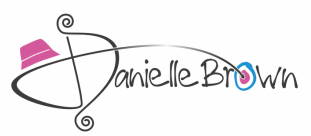
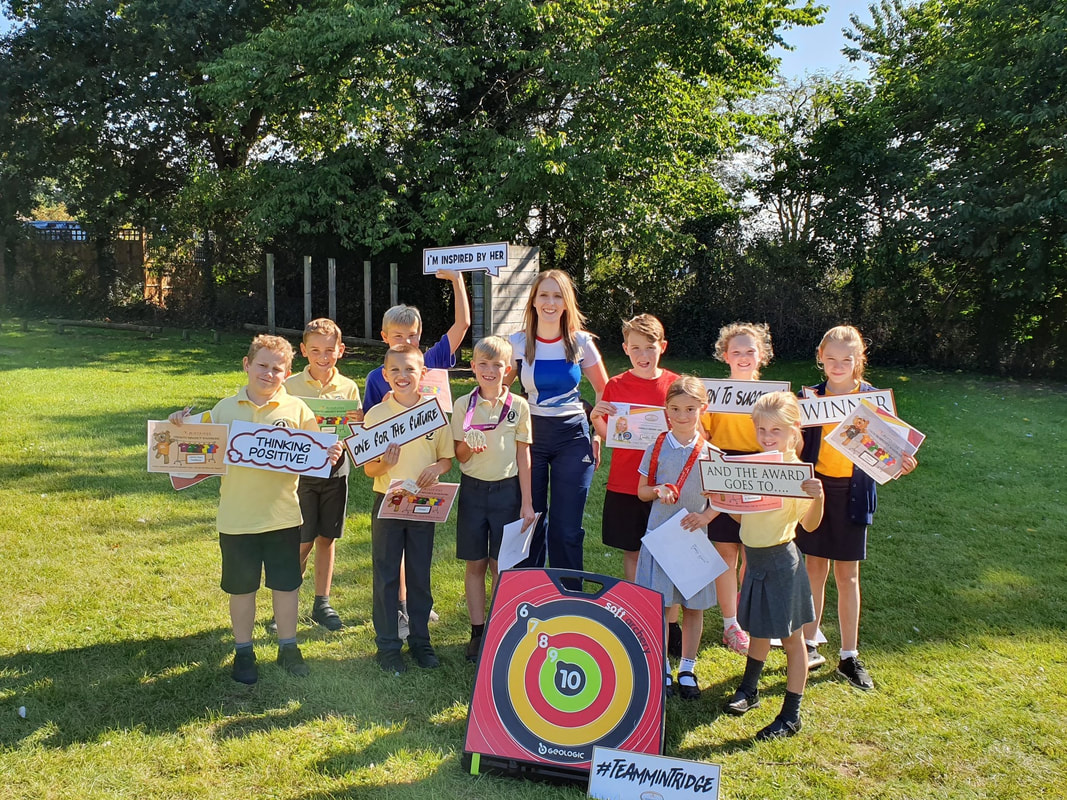

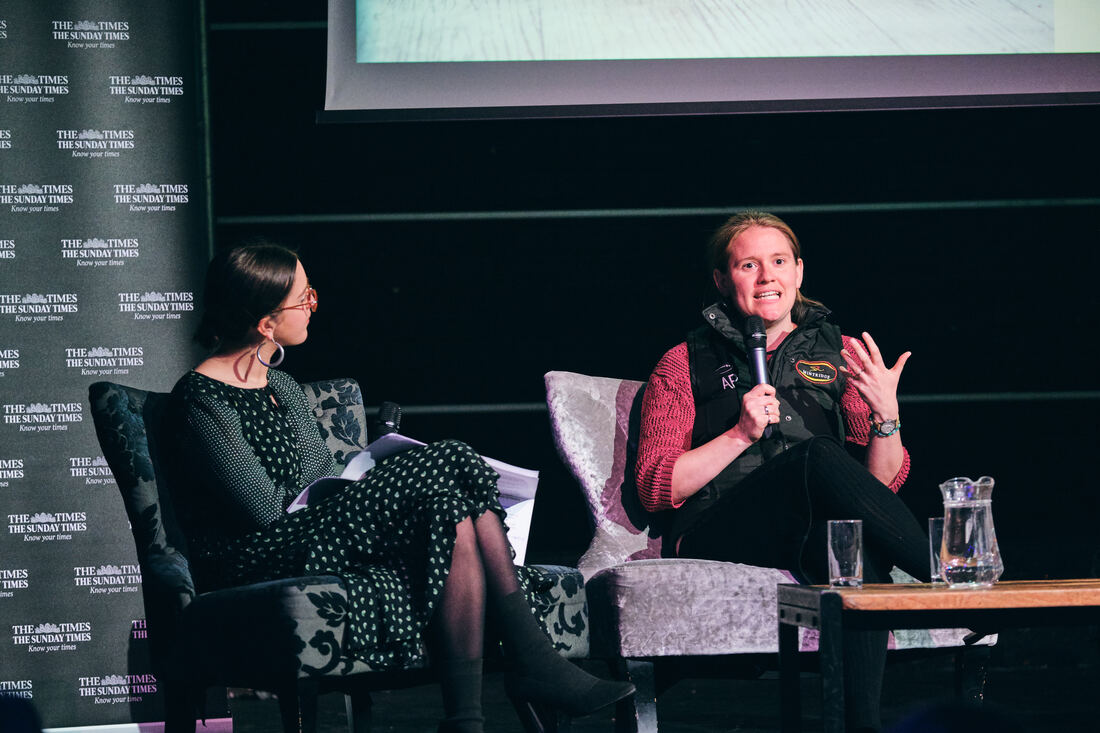
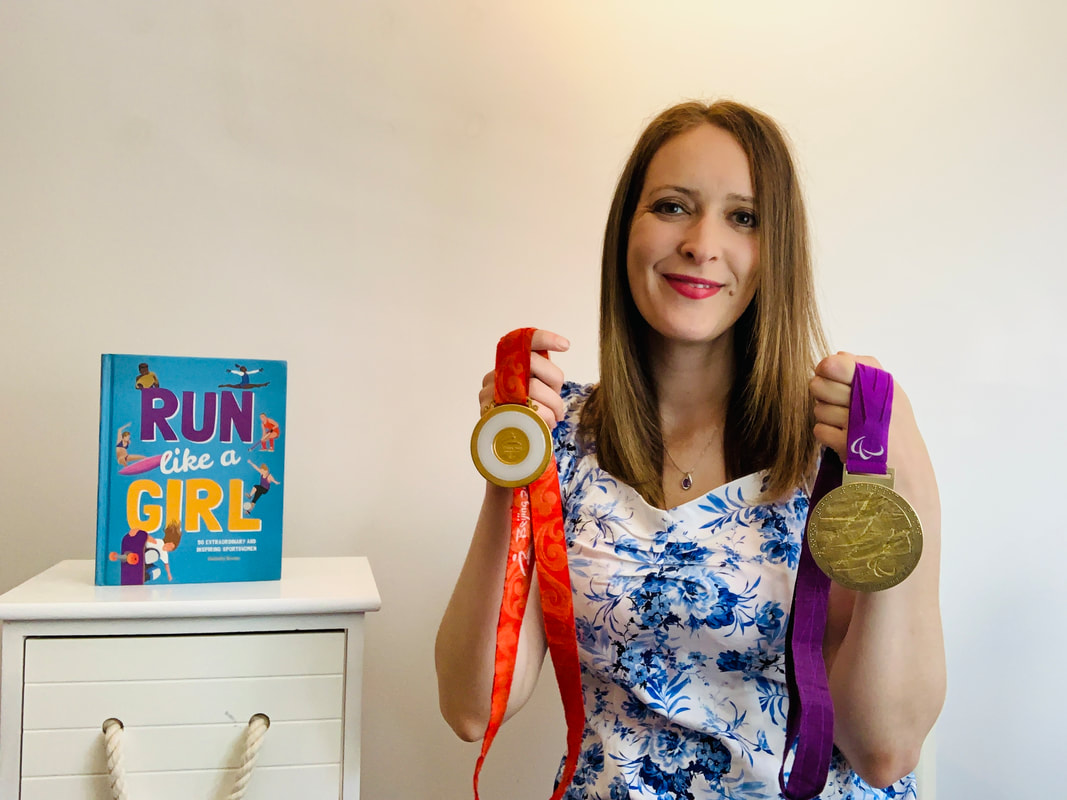
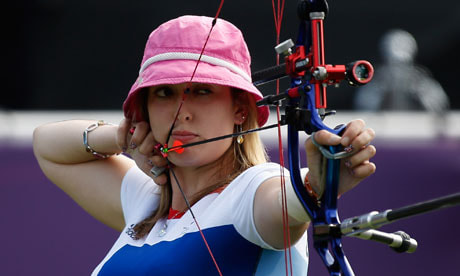
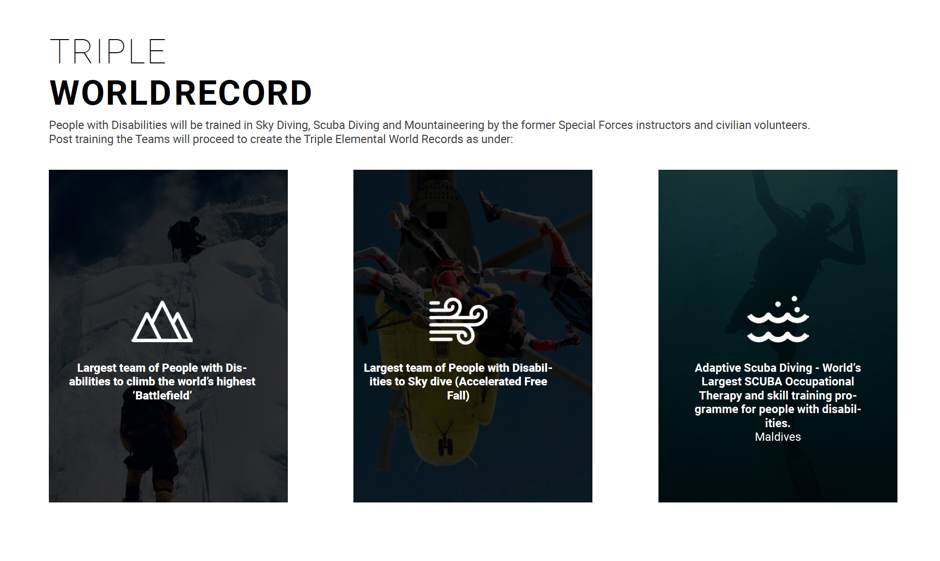

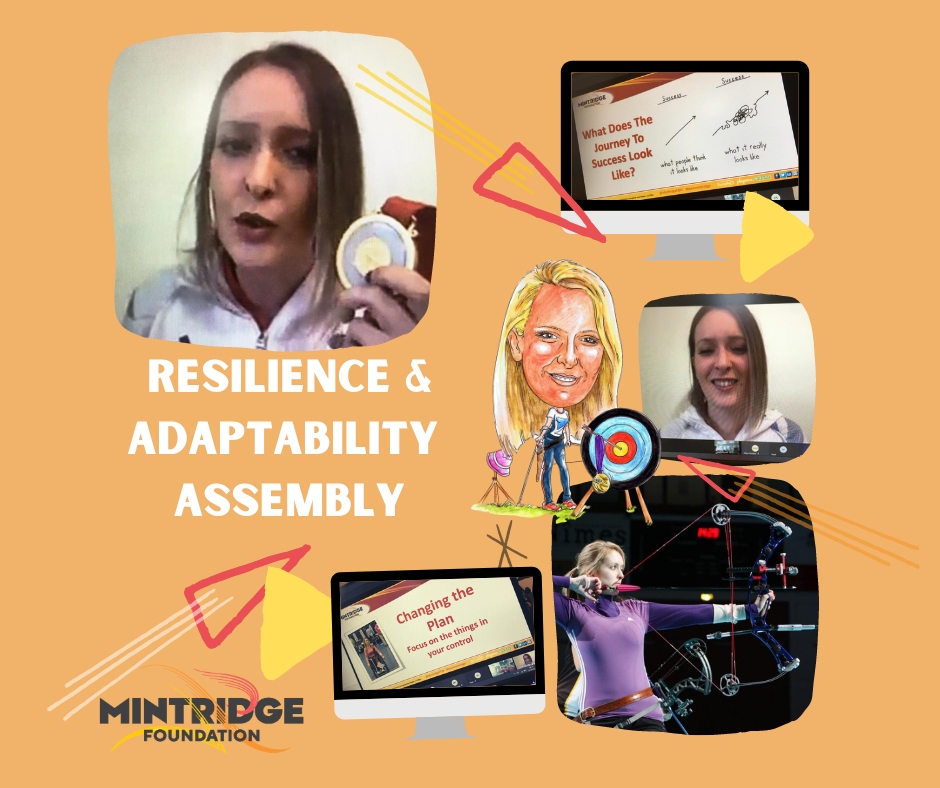
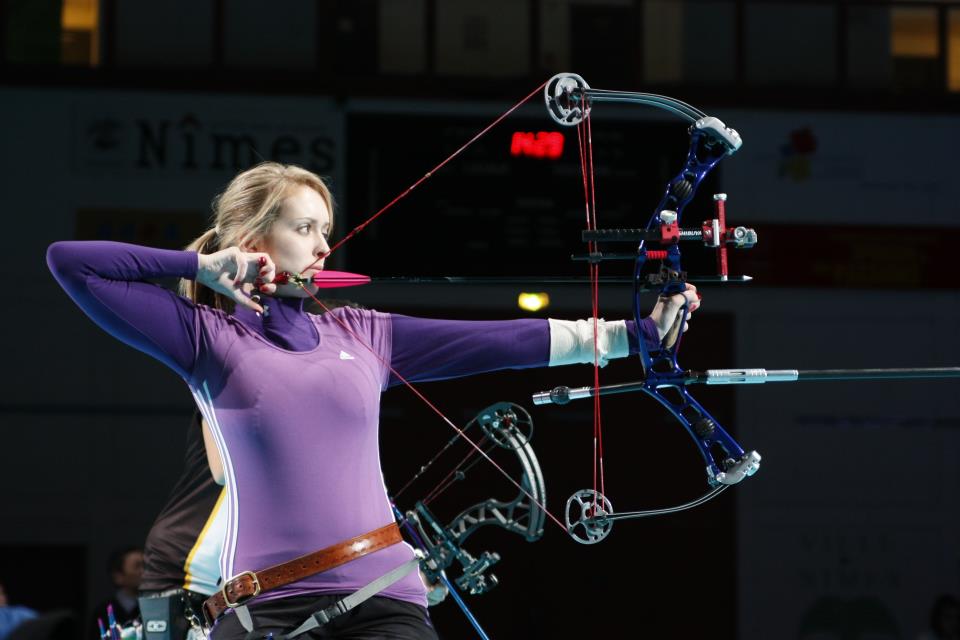
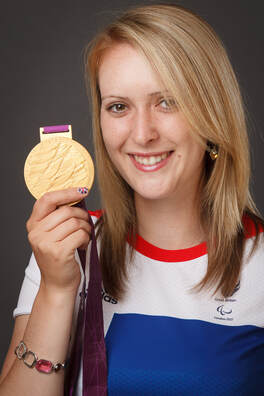
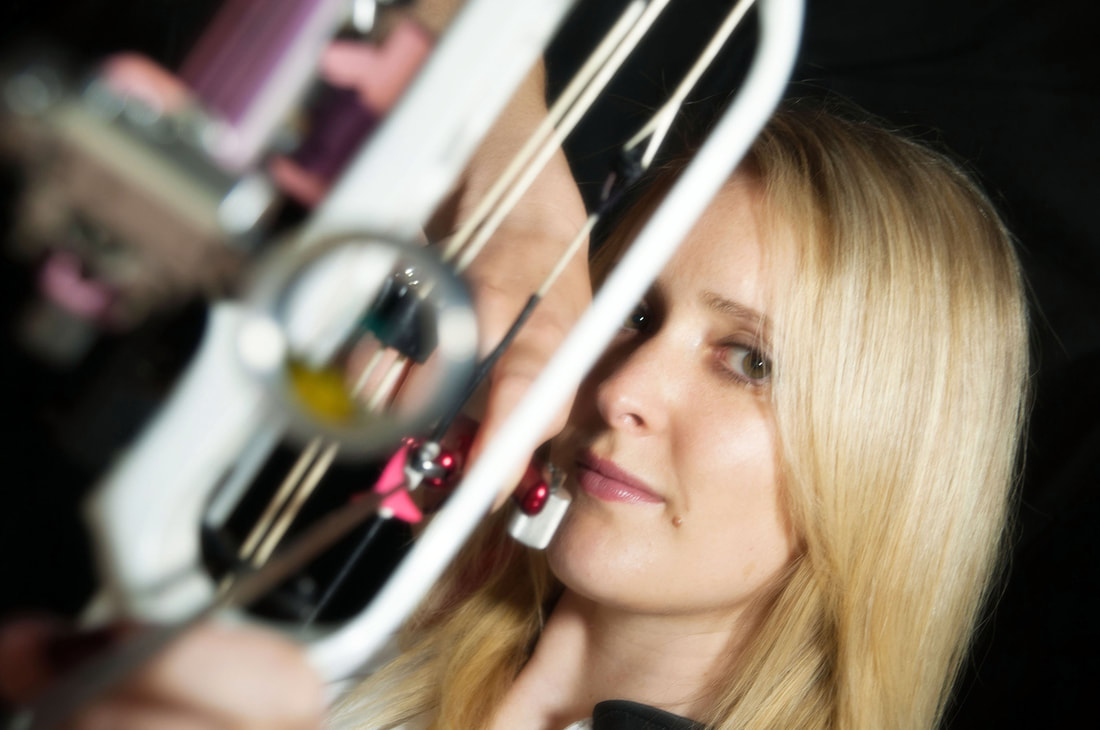
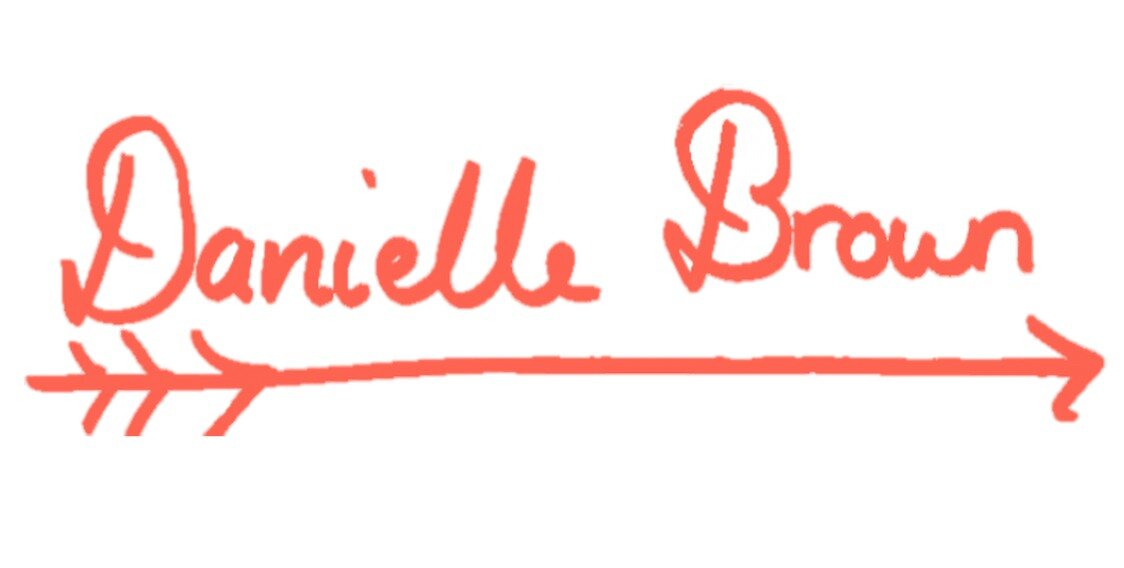

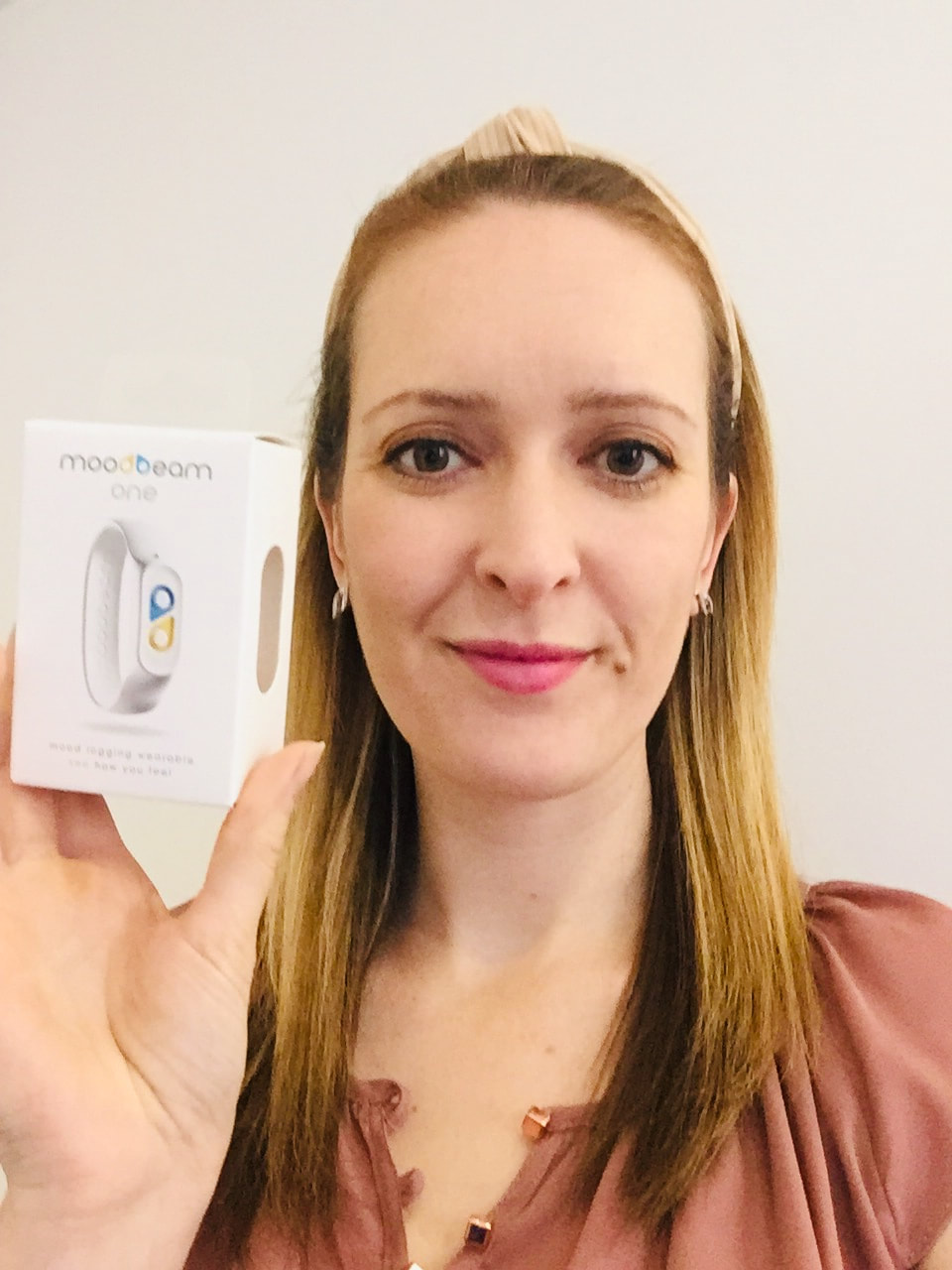
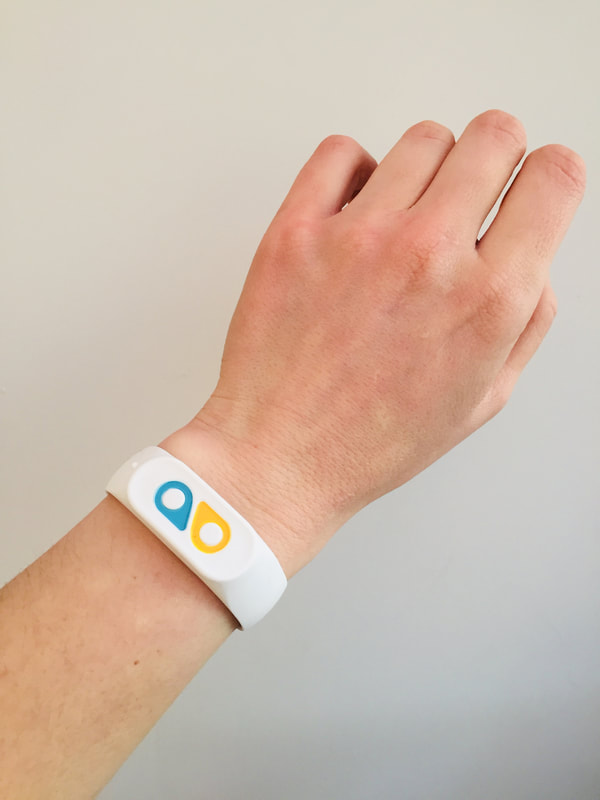
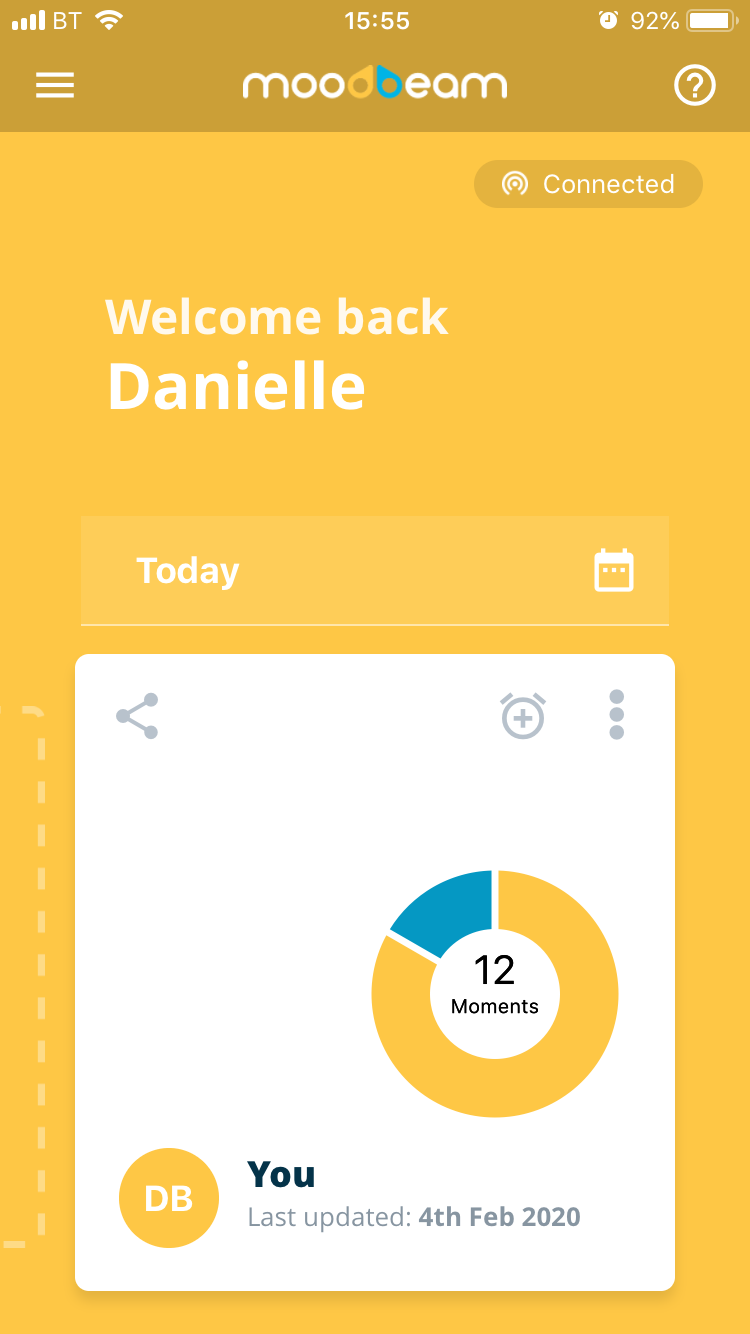
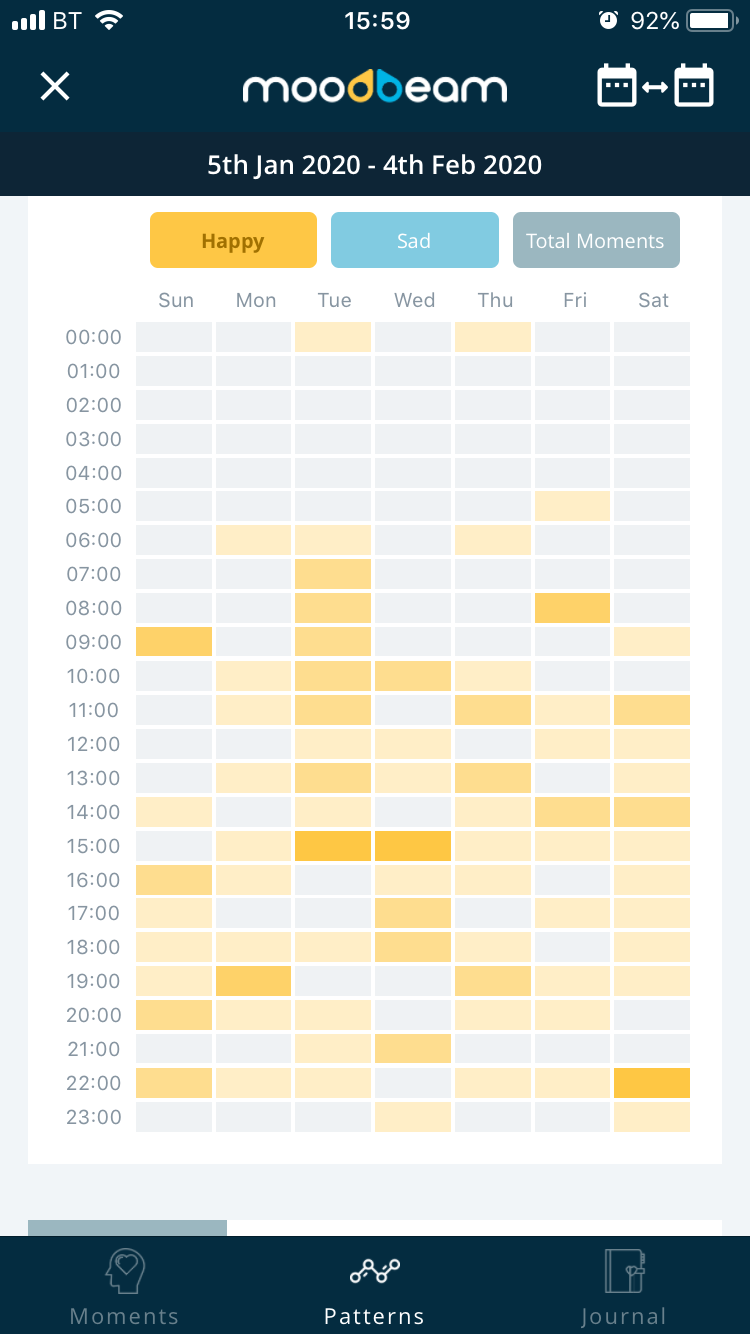
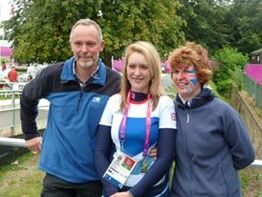
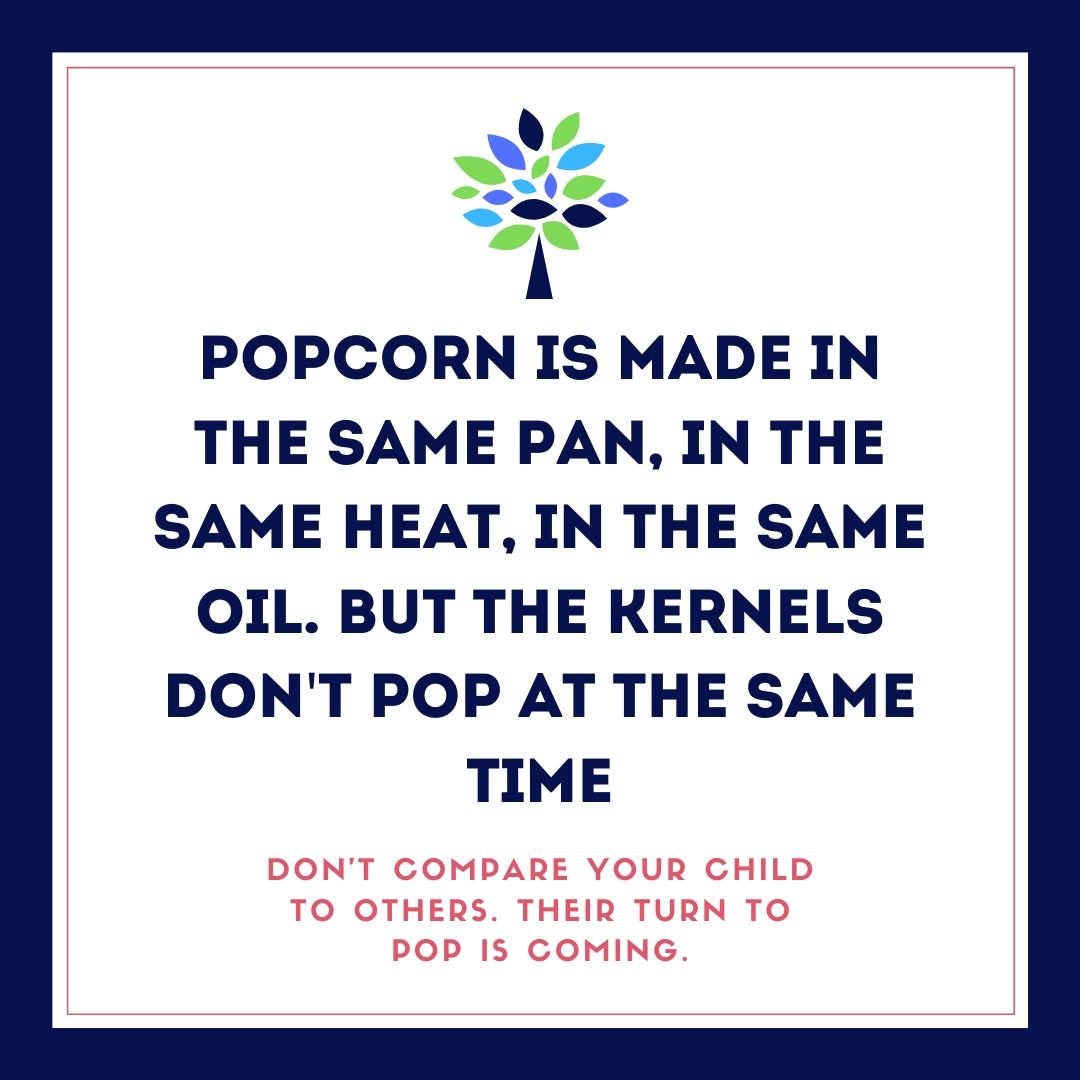
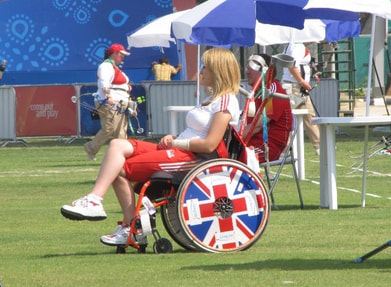

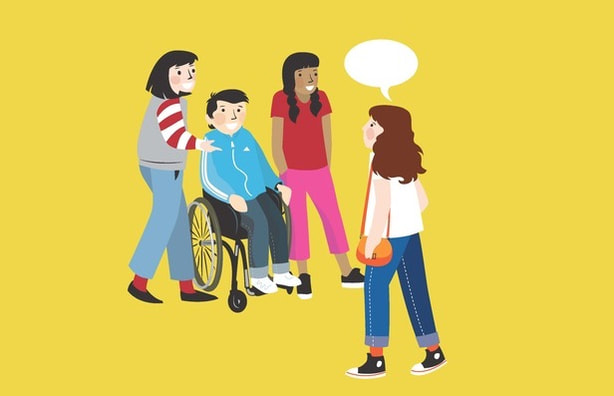
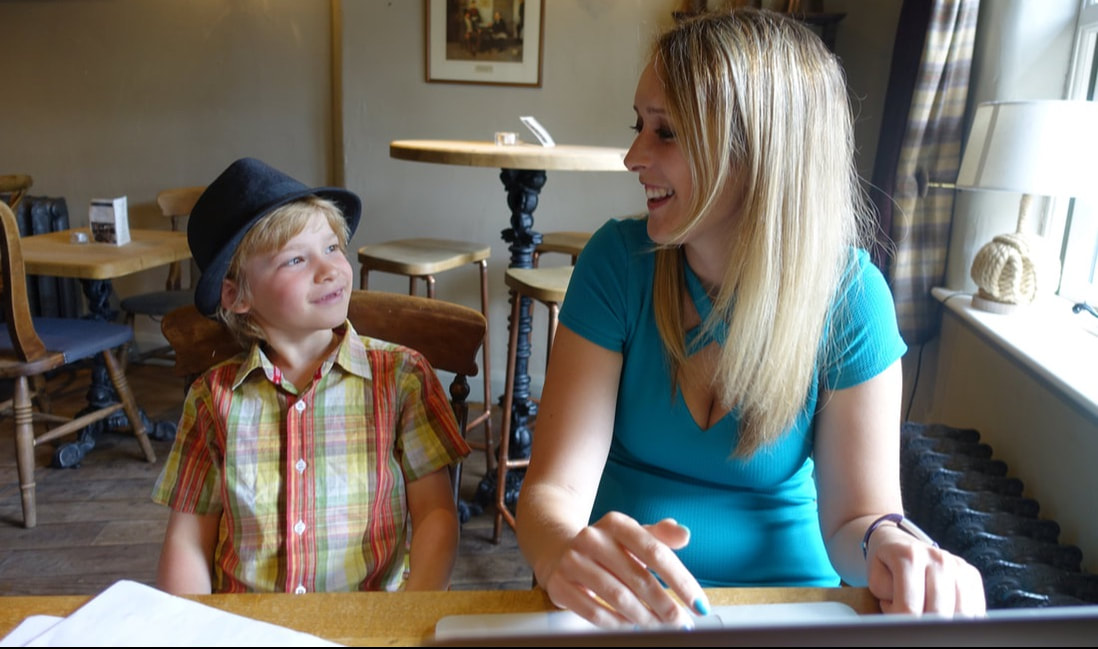
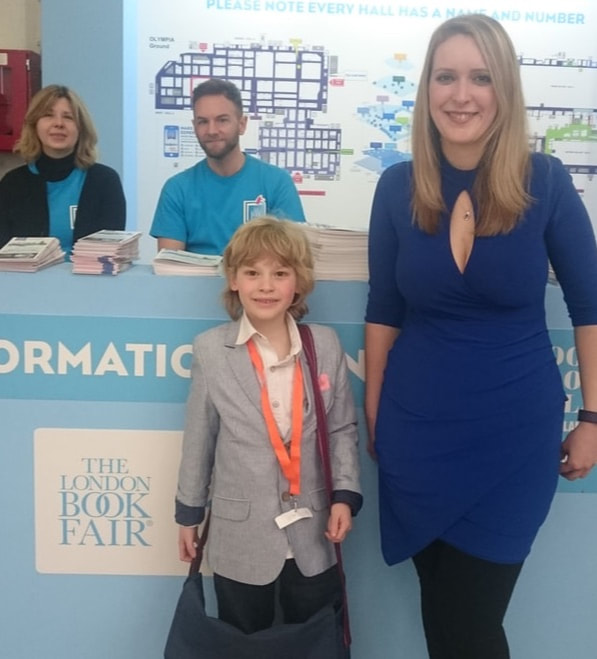
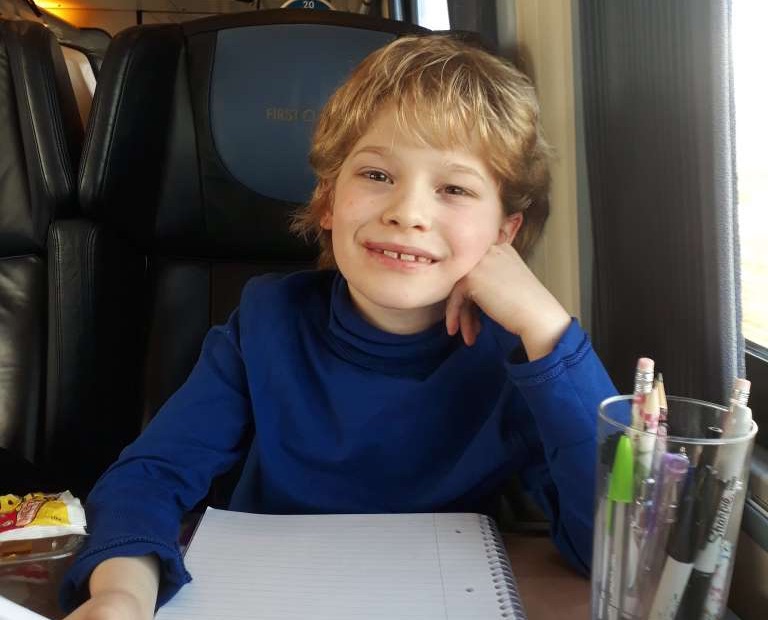
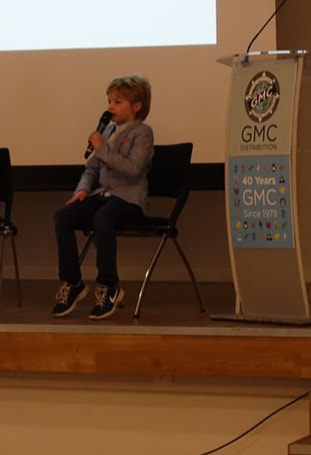
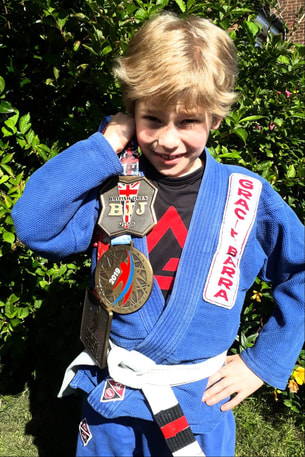
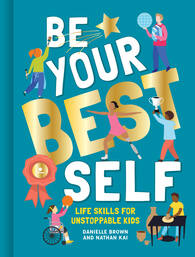
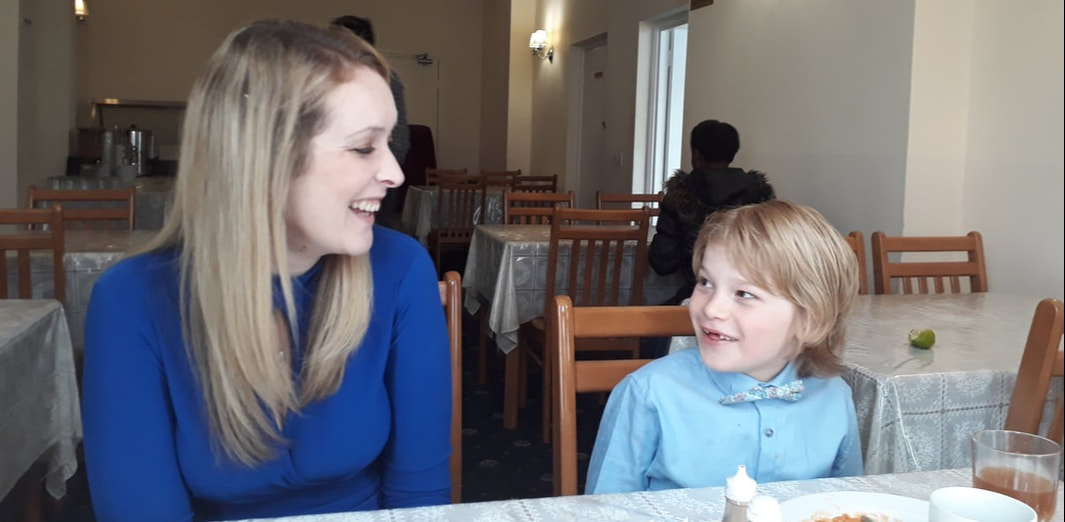
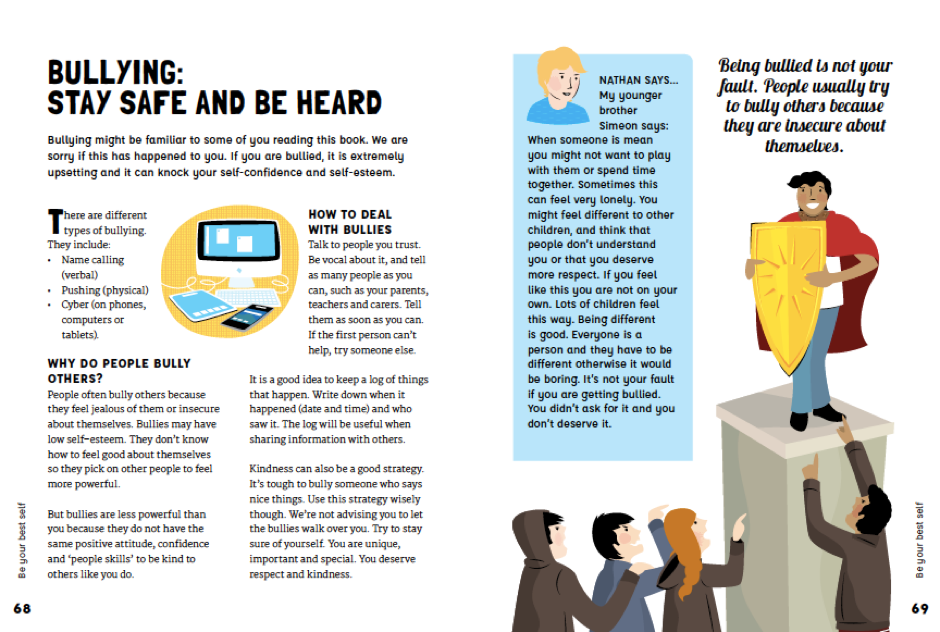
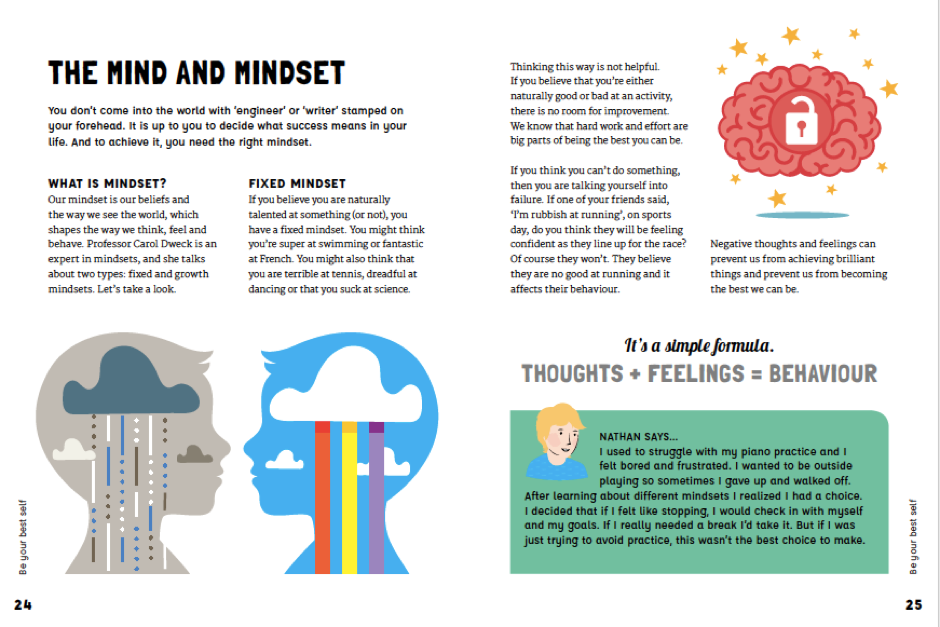
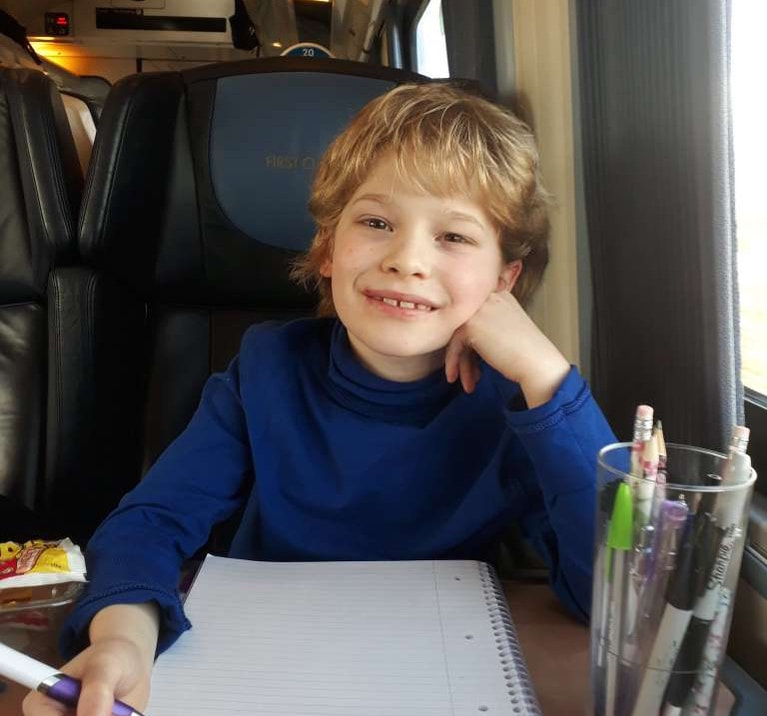
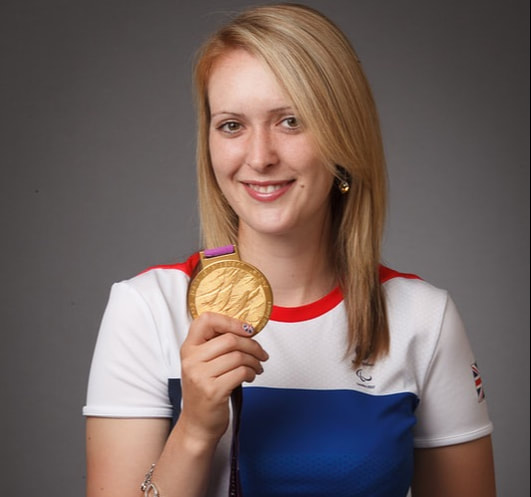
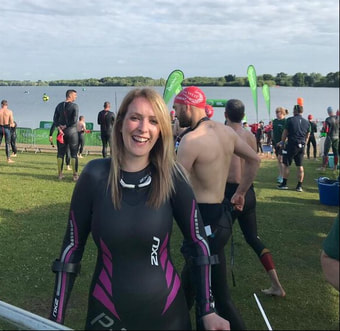
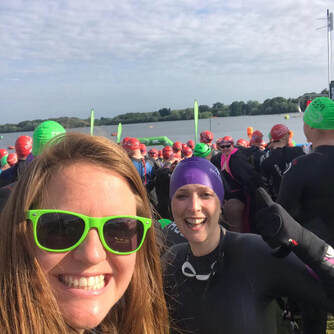
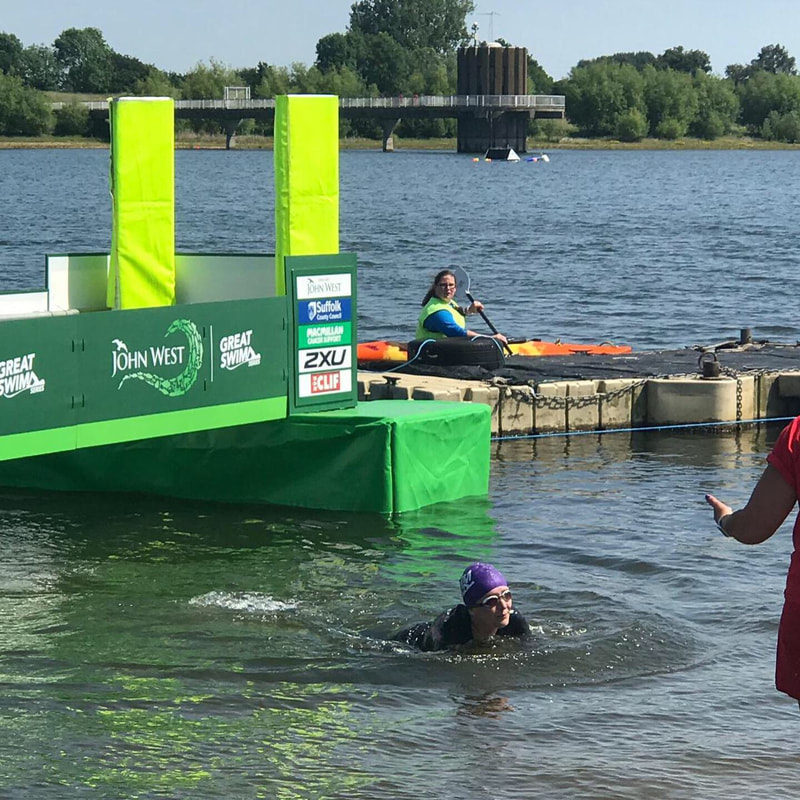
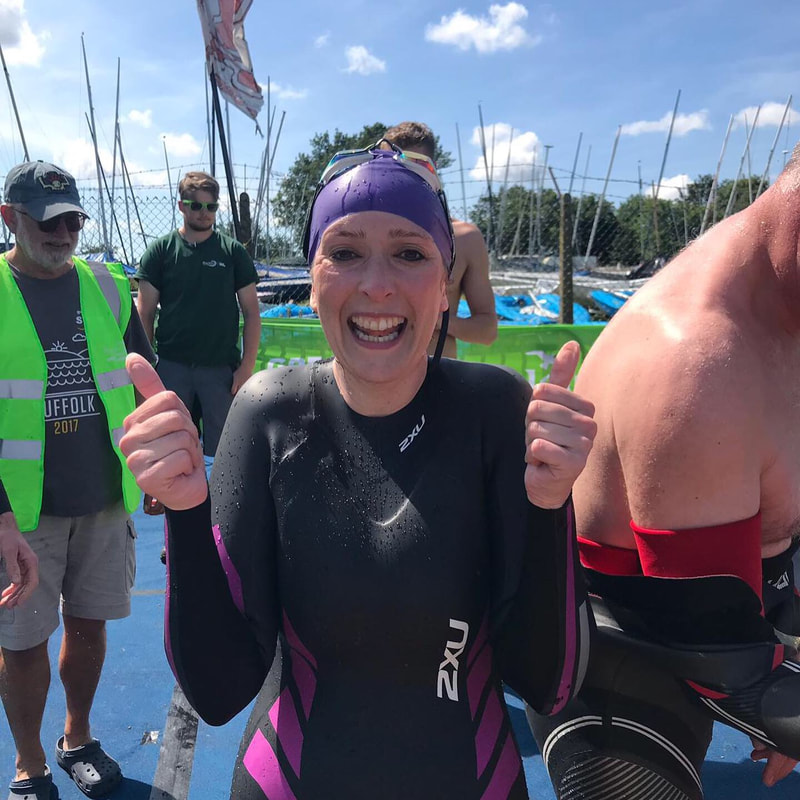
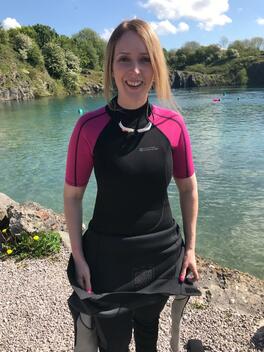
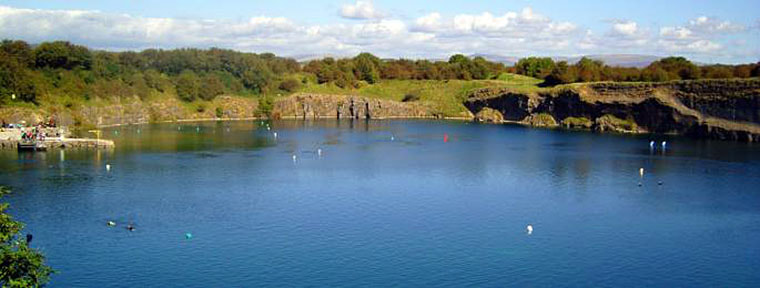

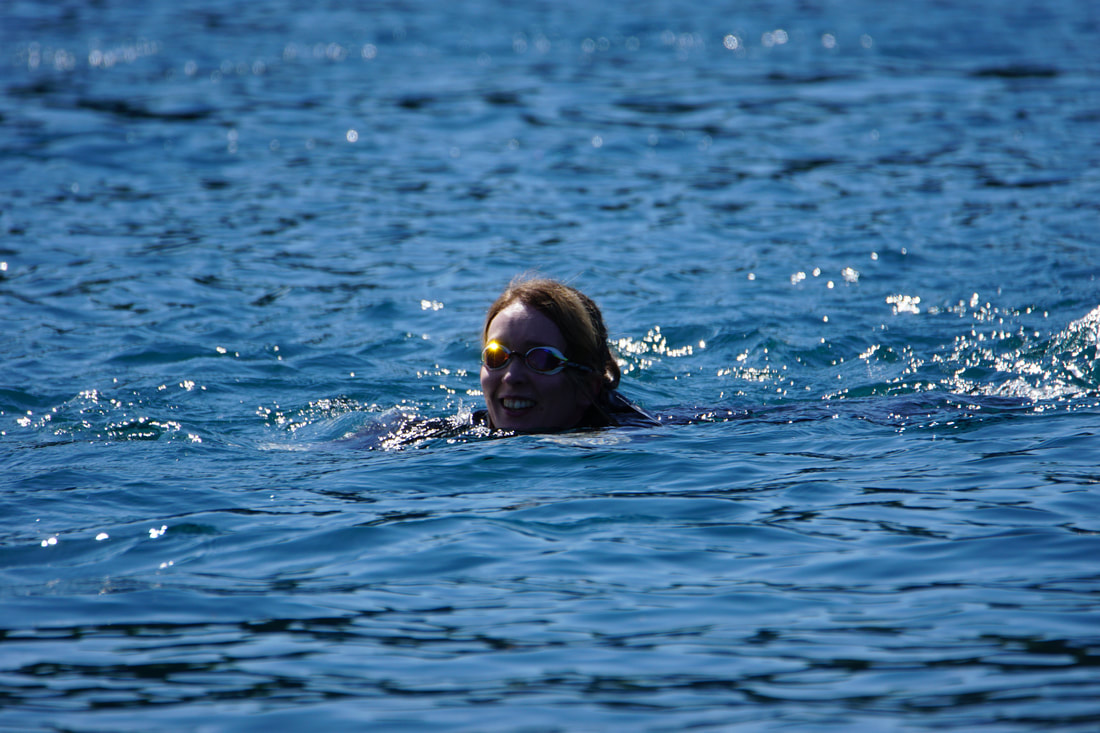
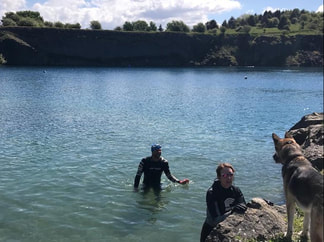
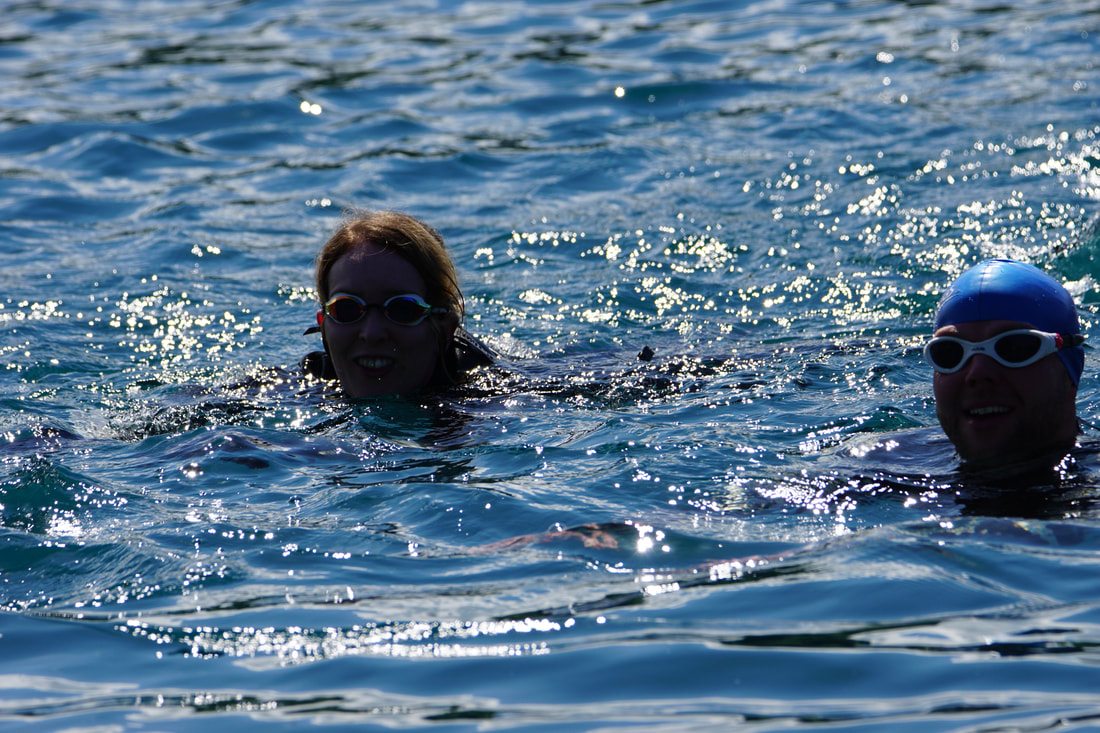
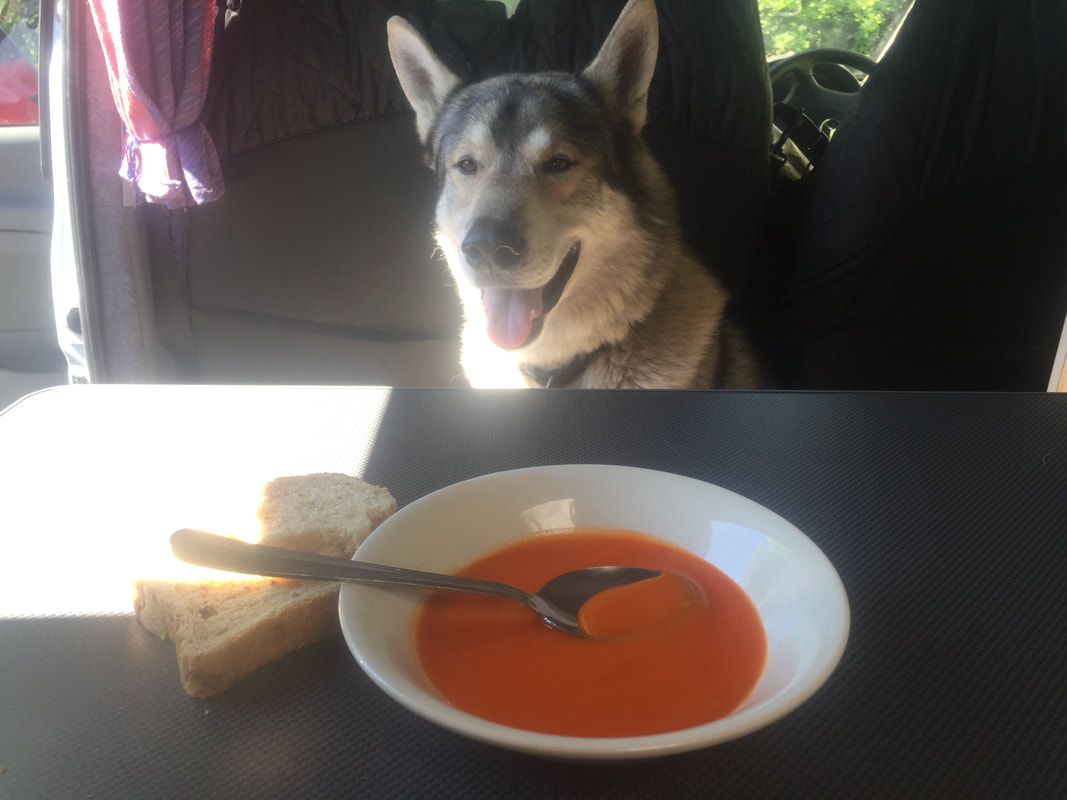
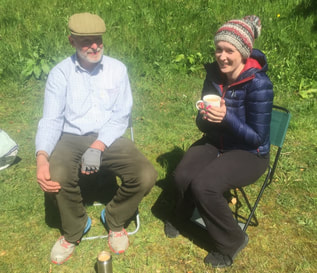

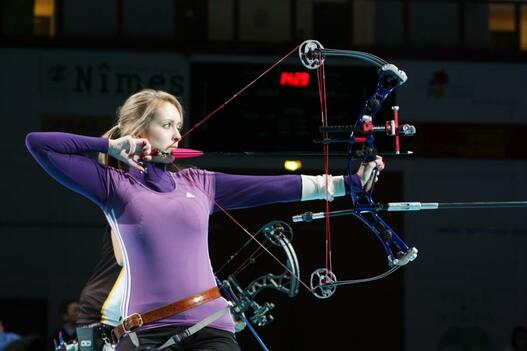

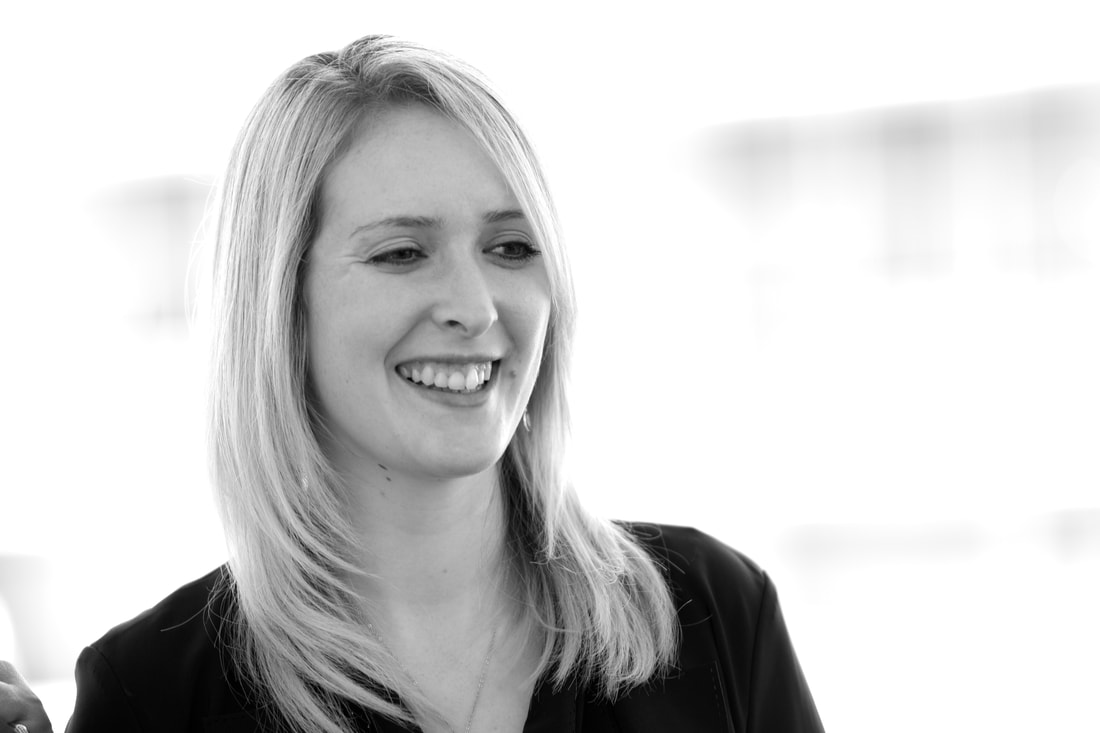

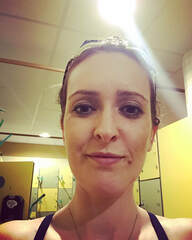
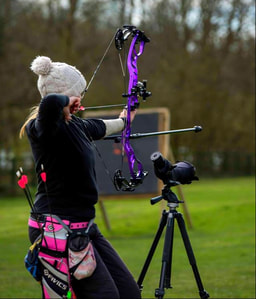
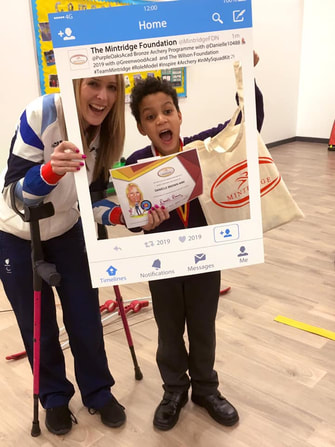


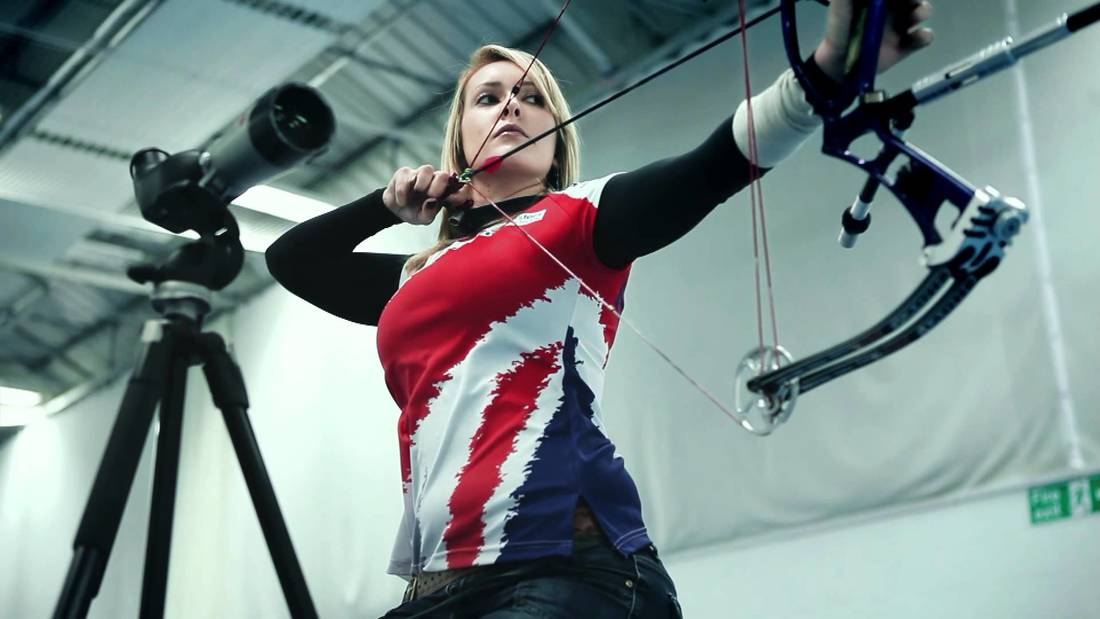
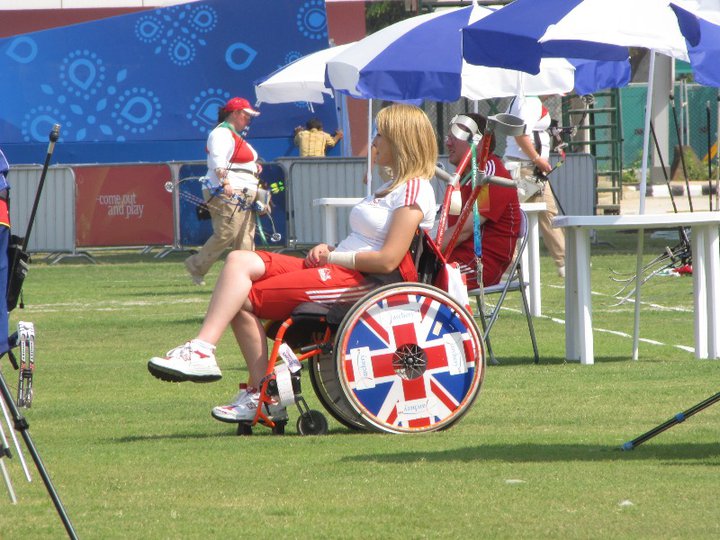
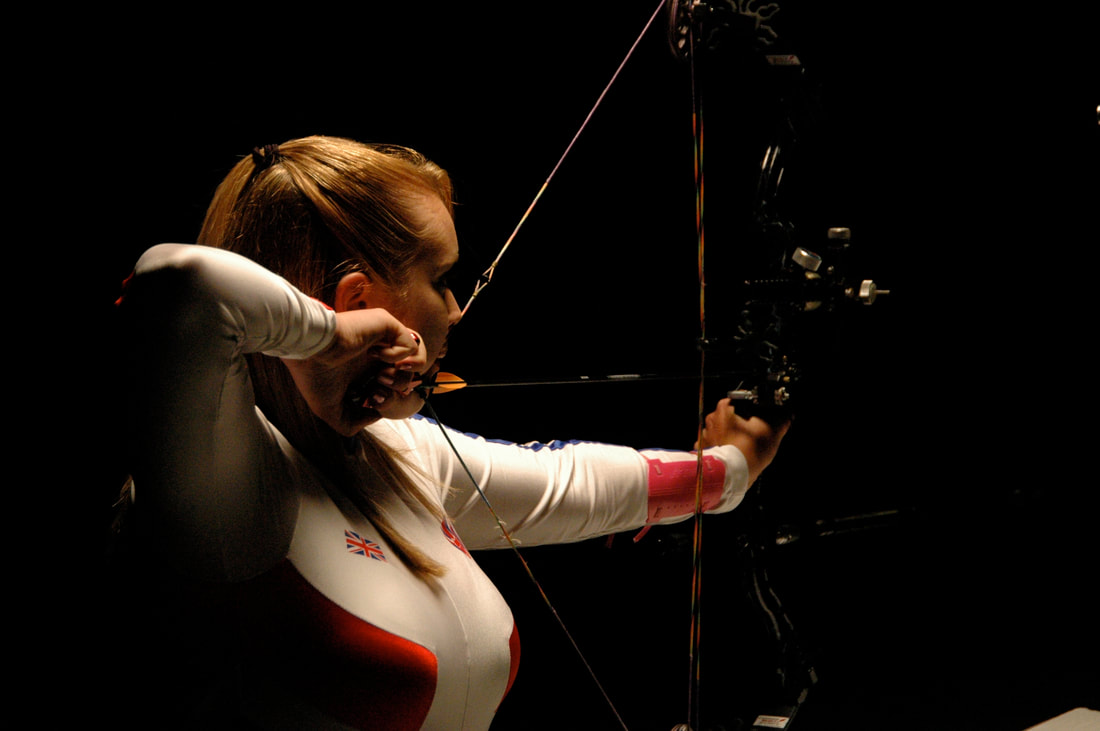
 RSS Feed
RSS Feed